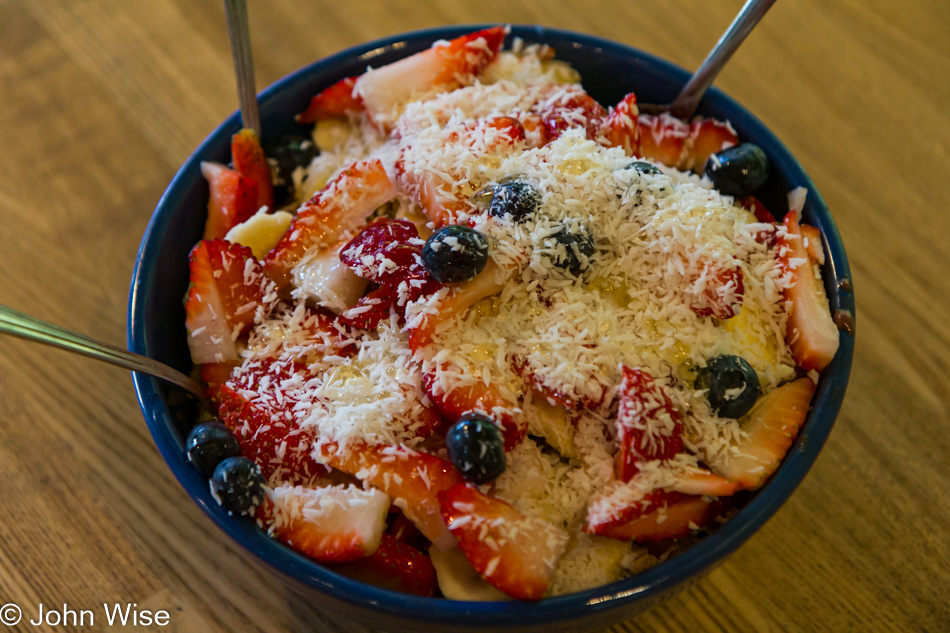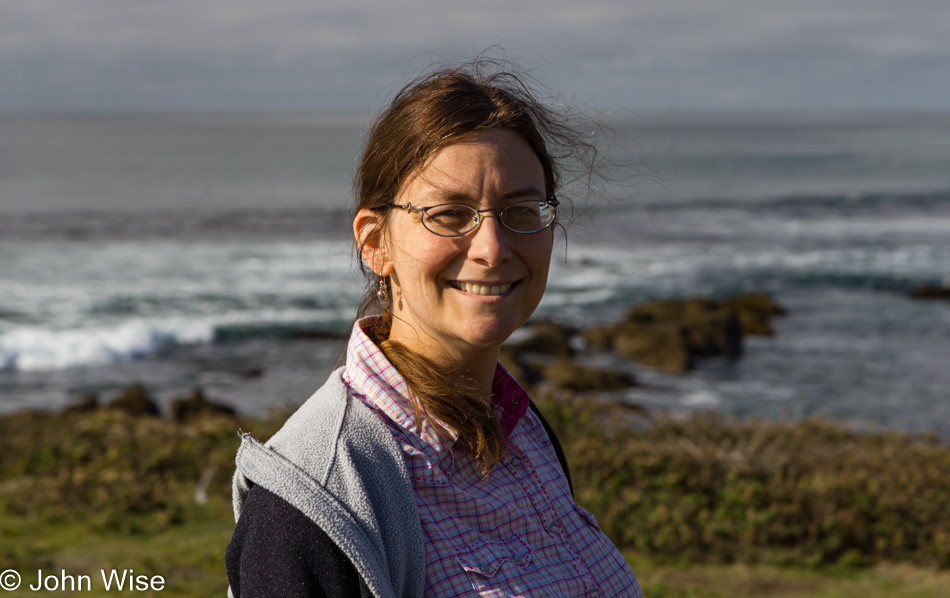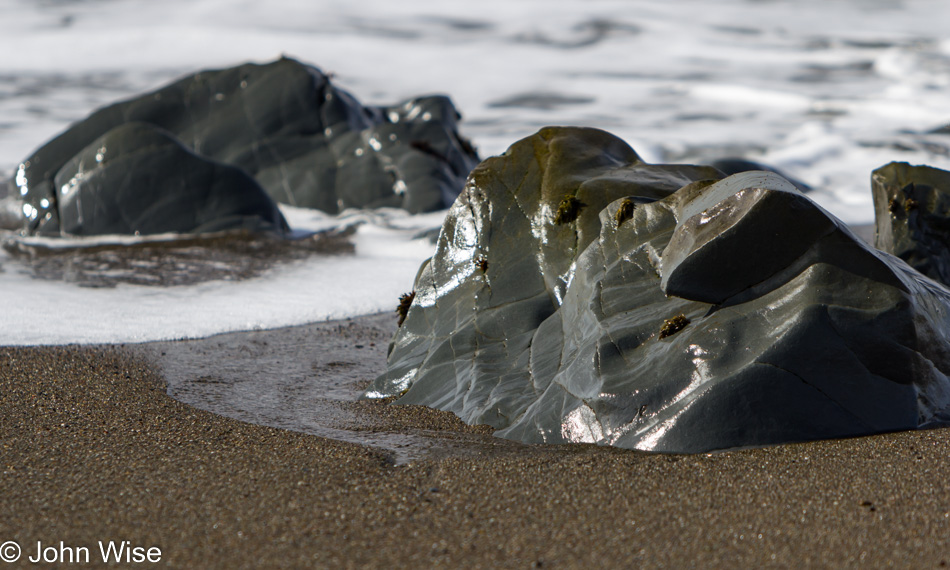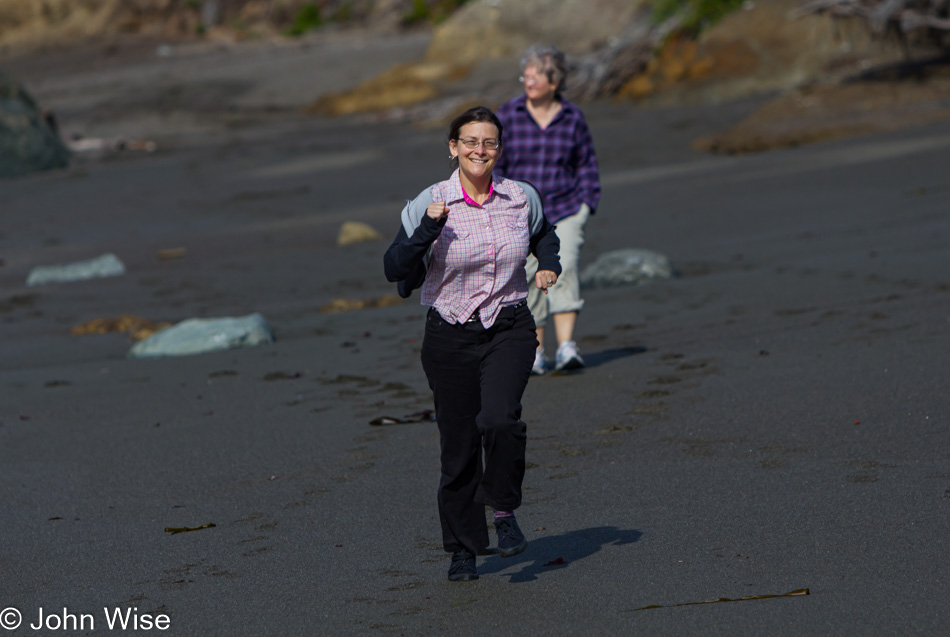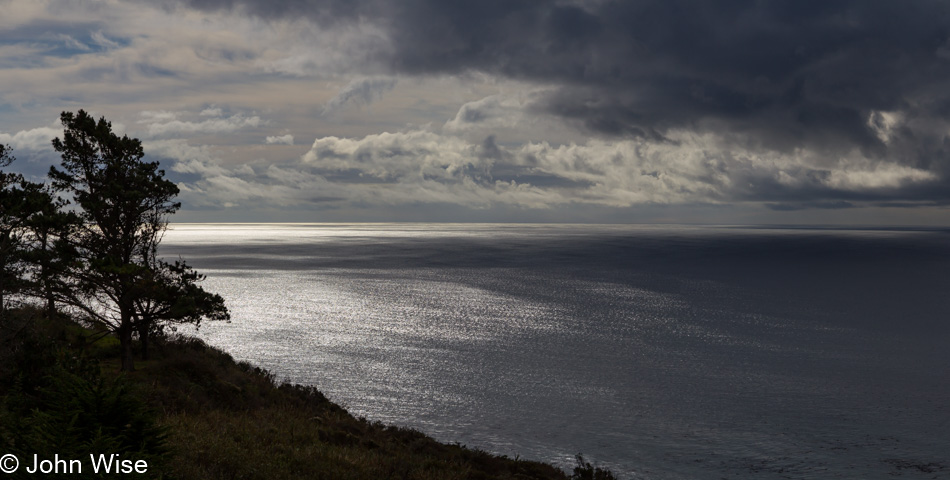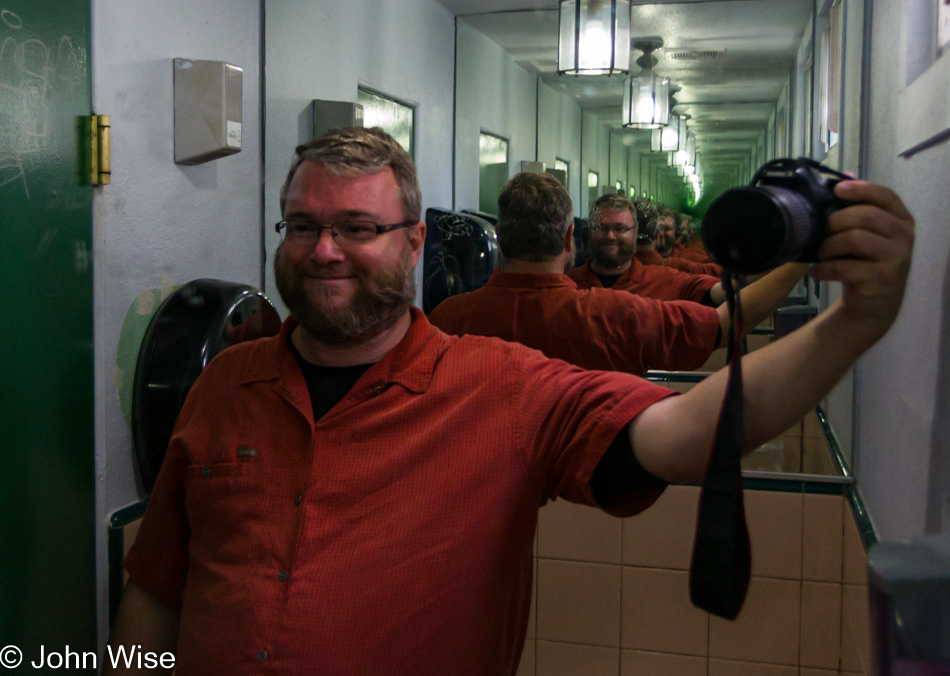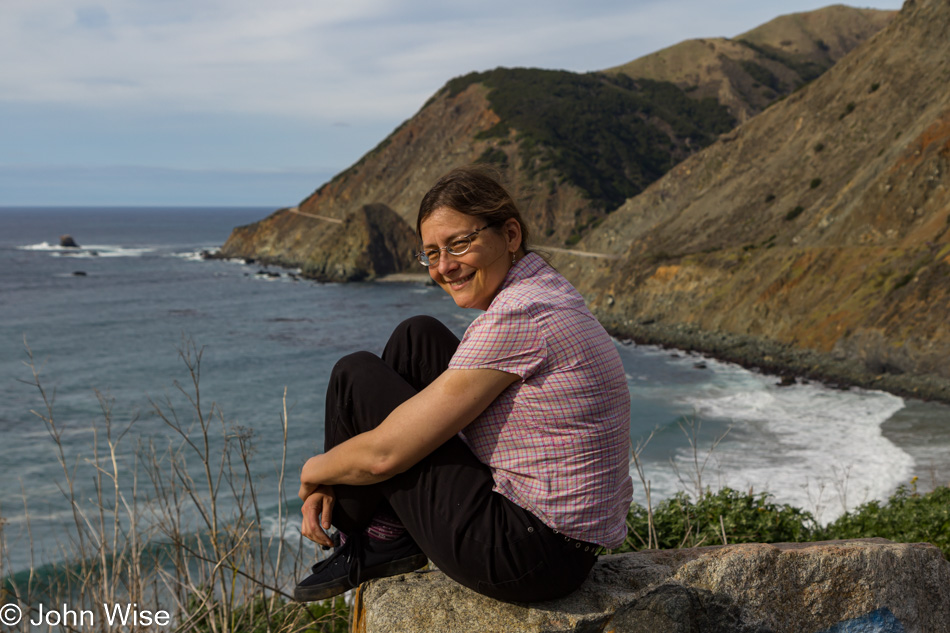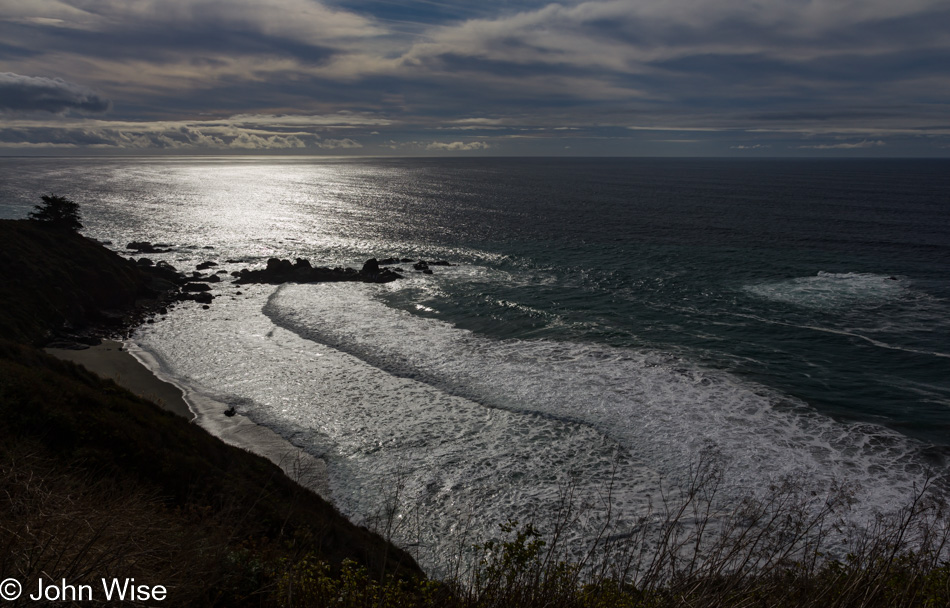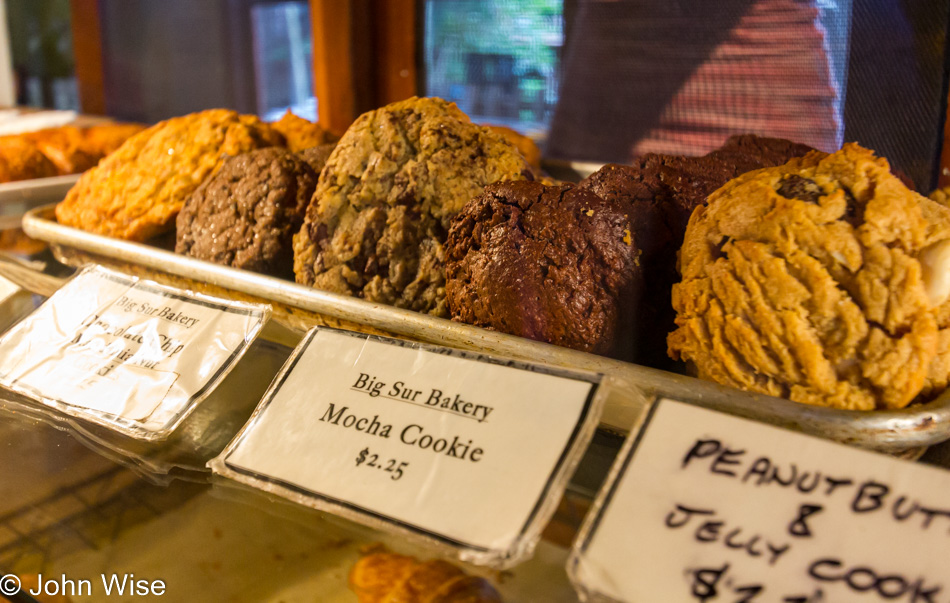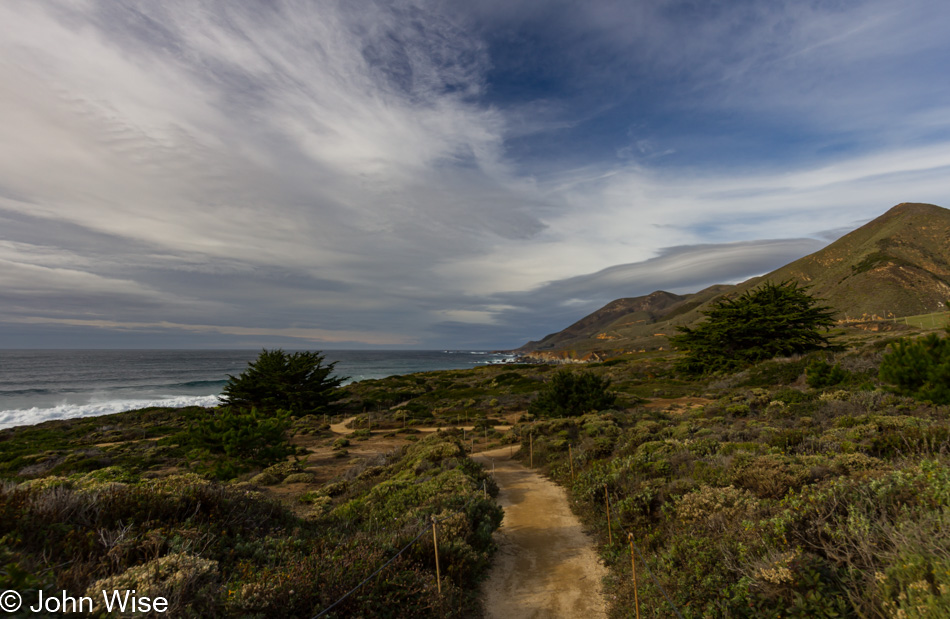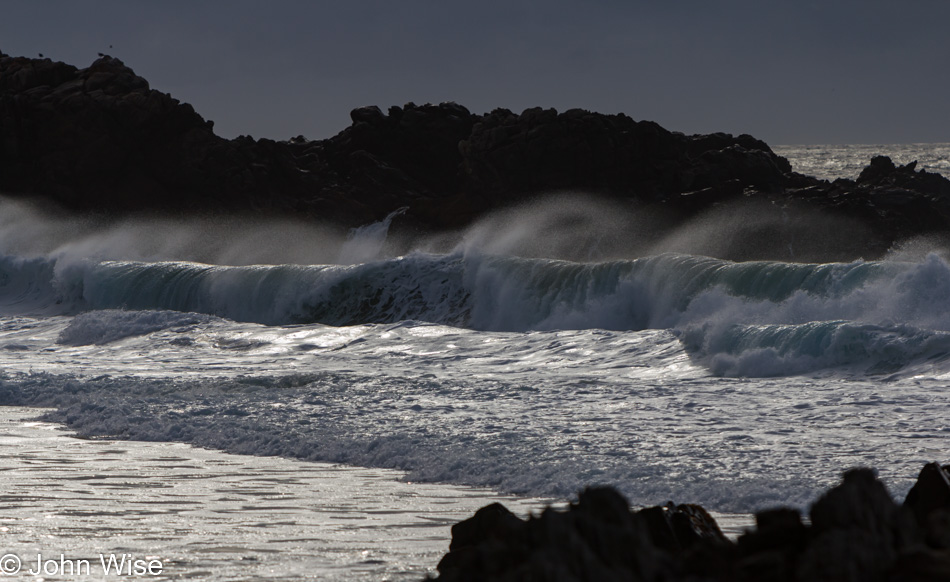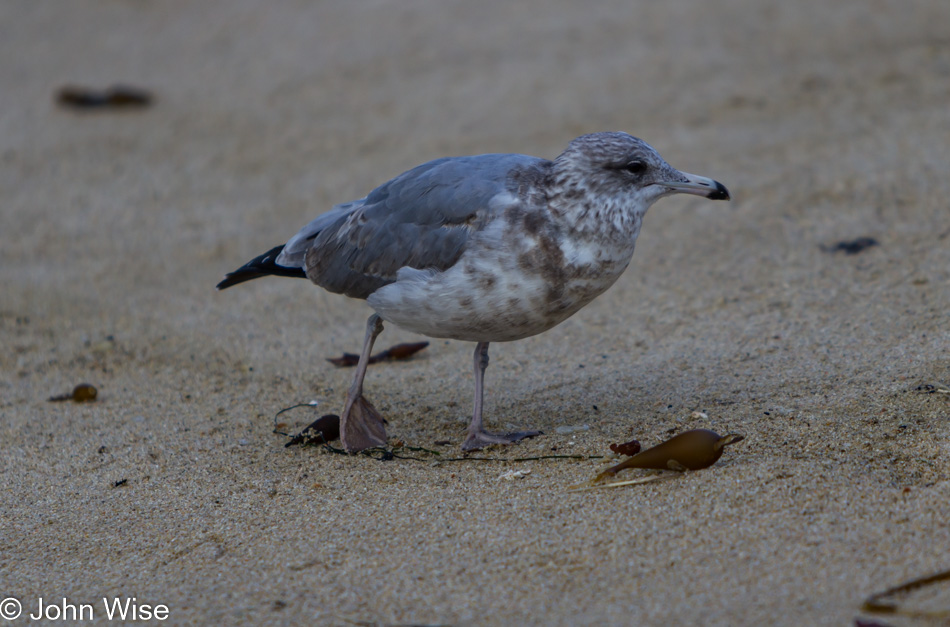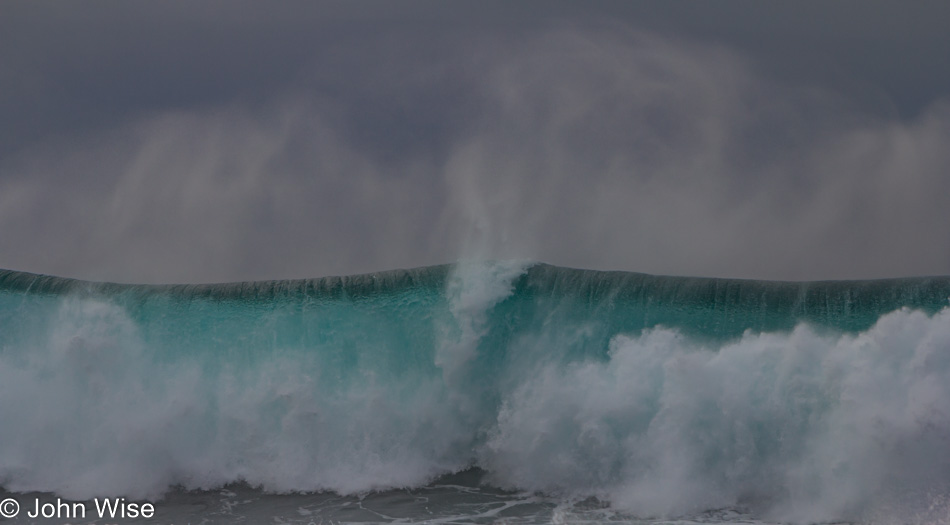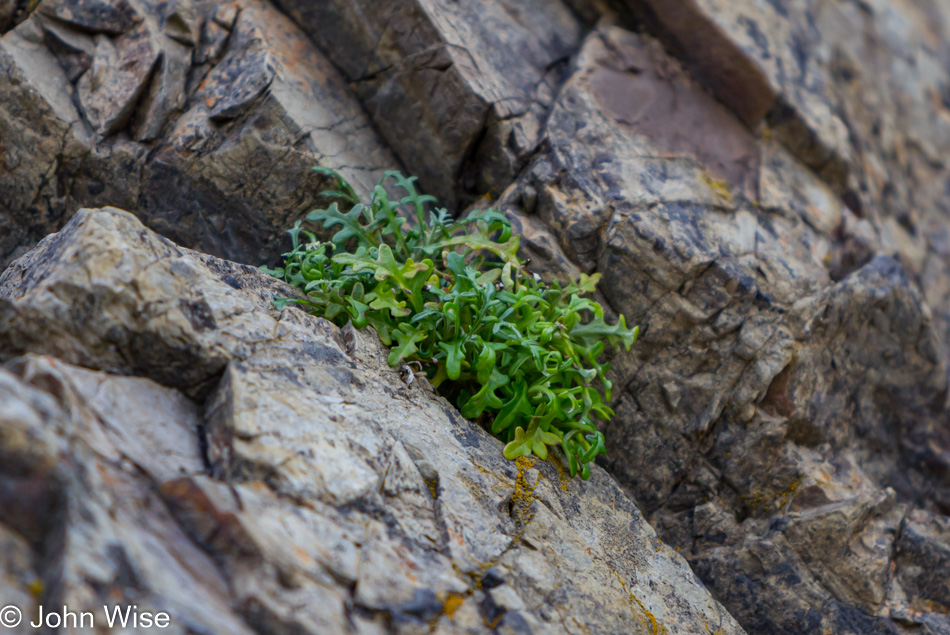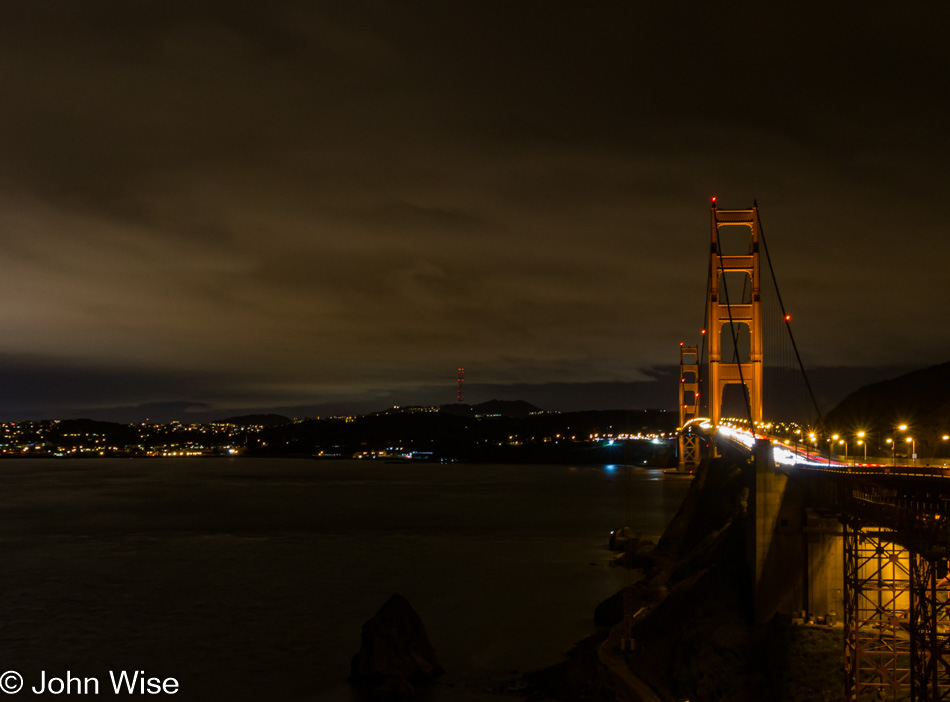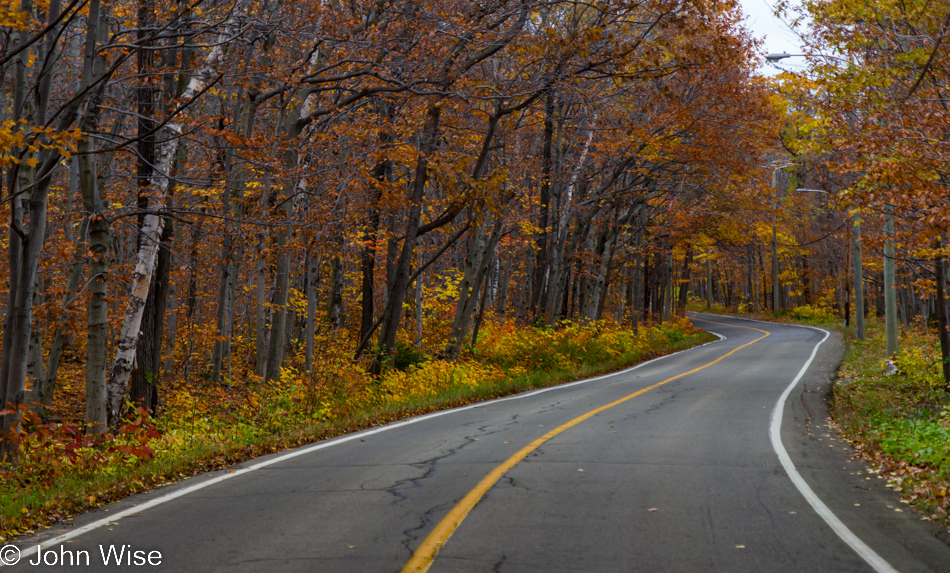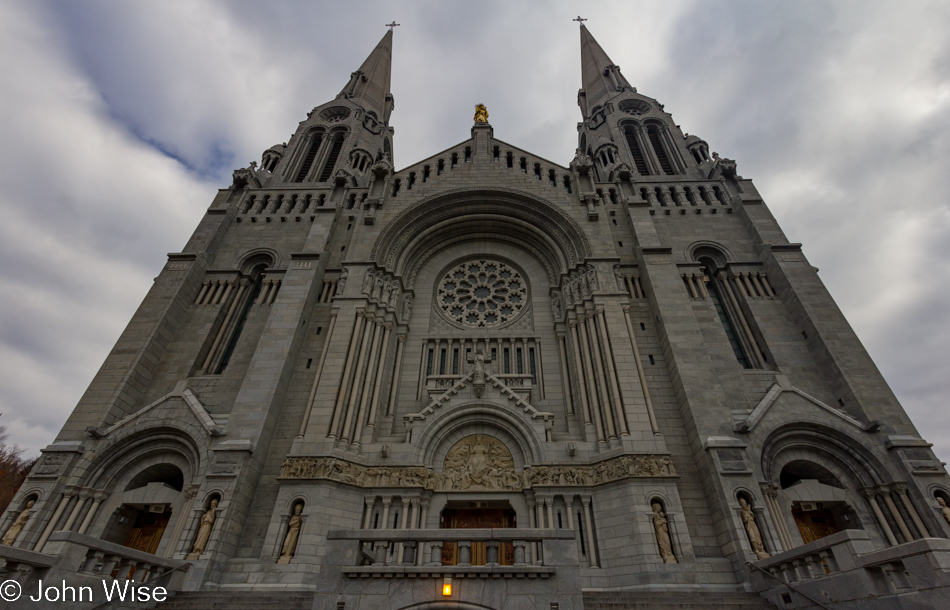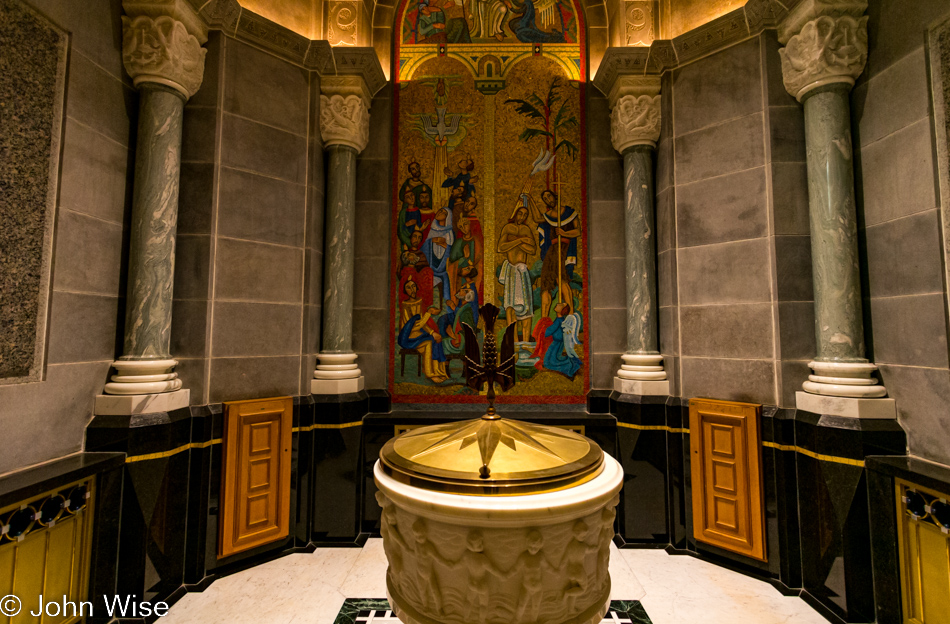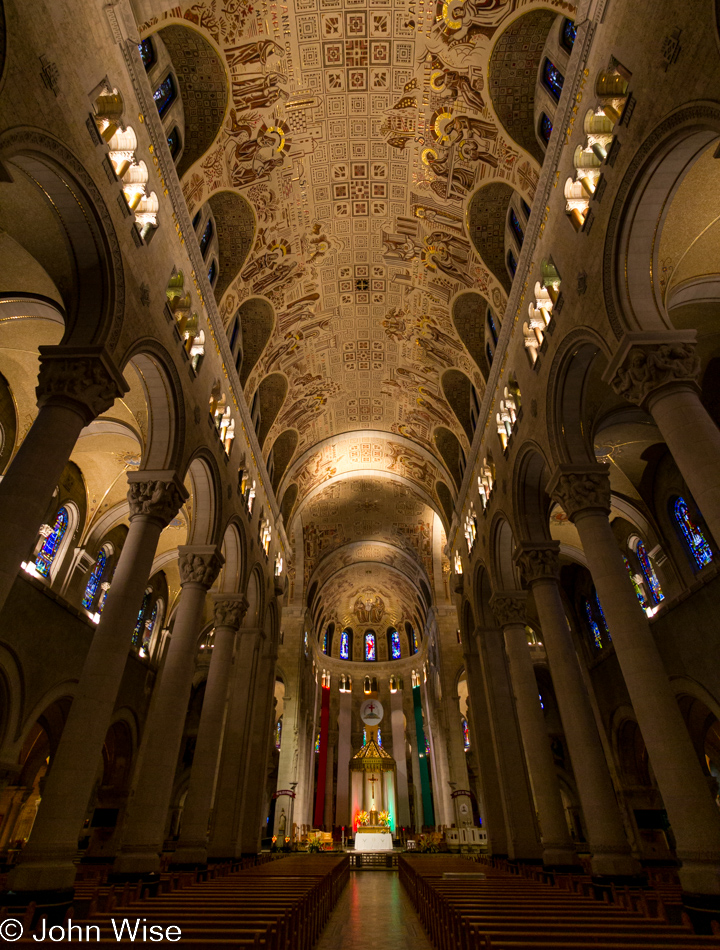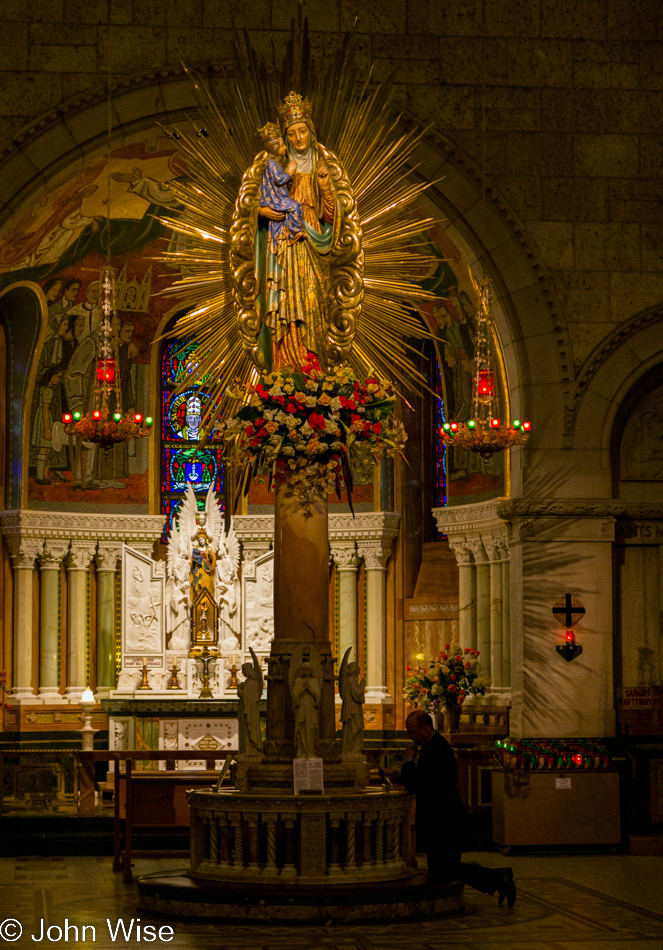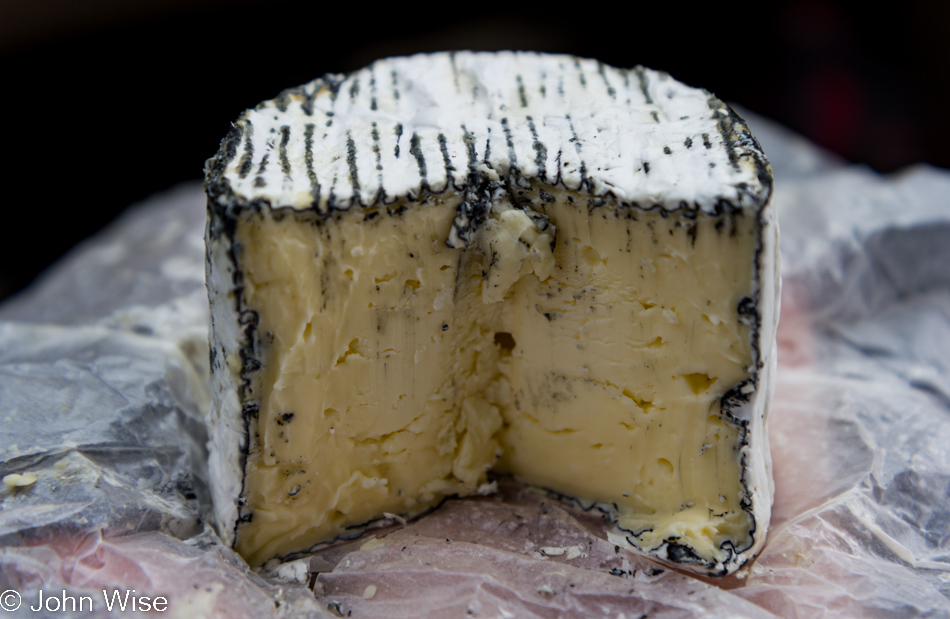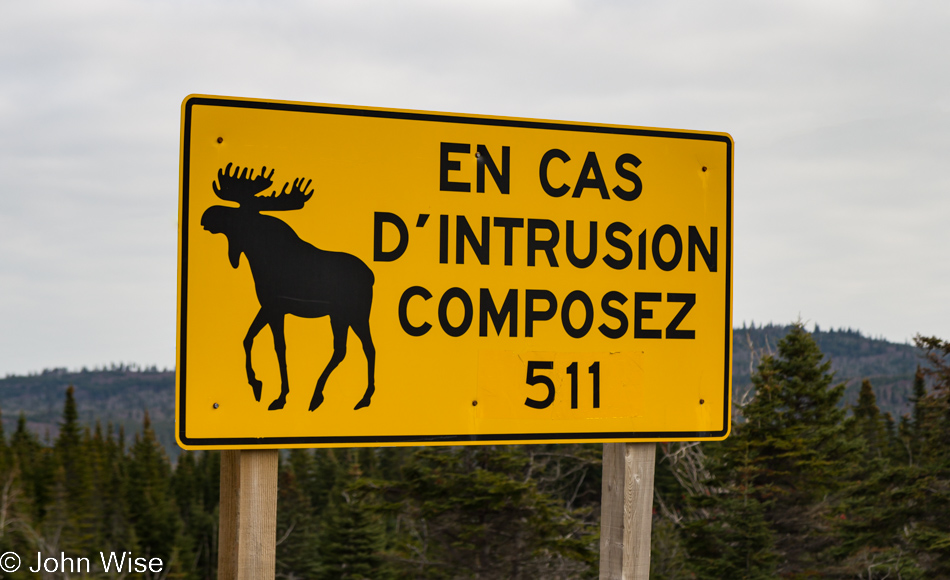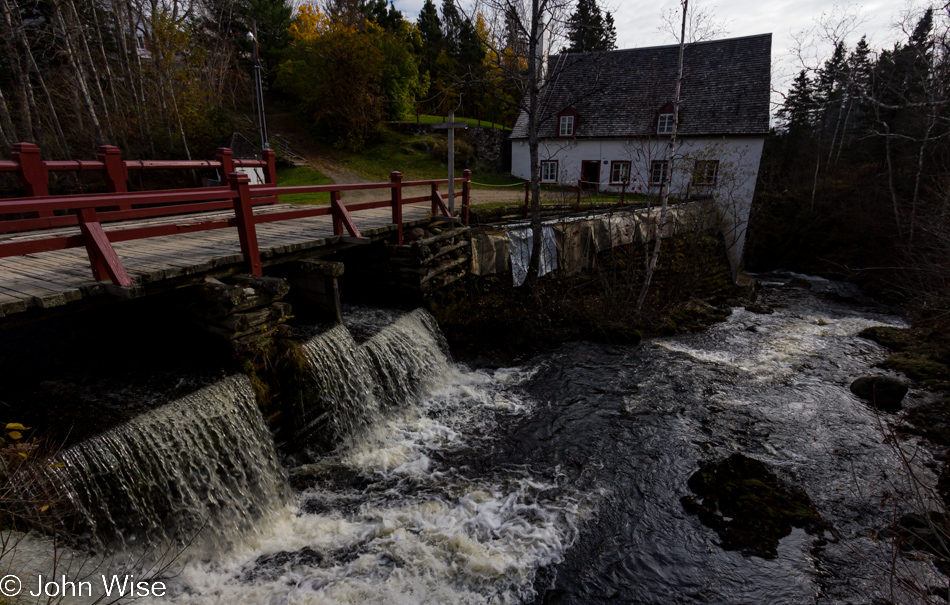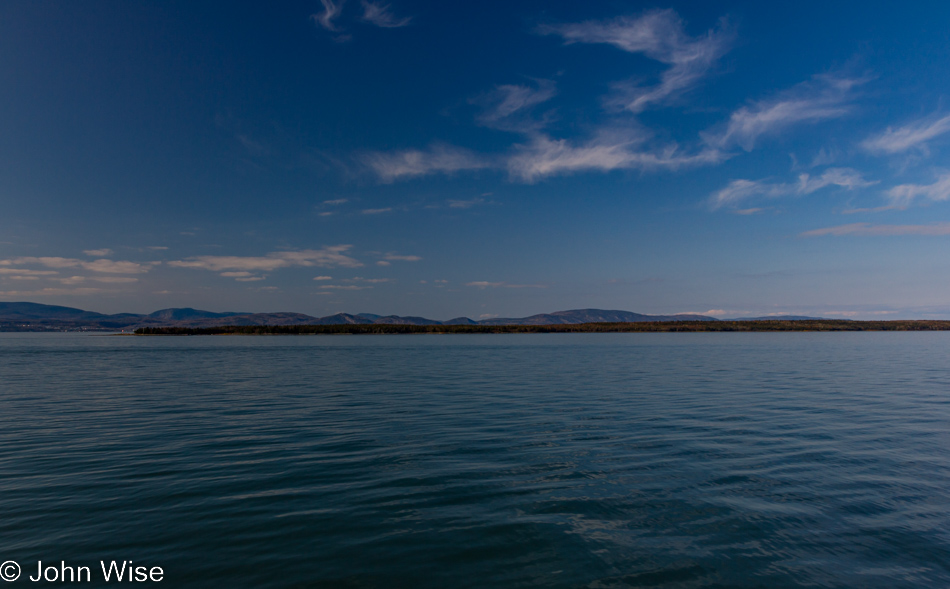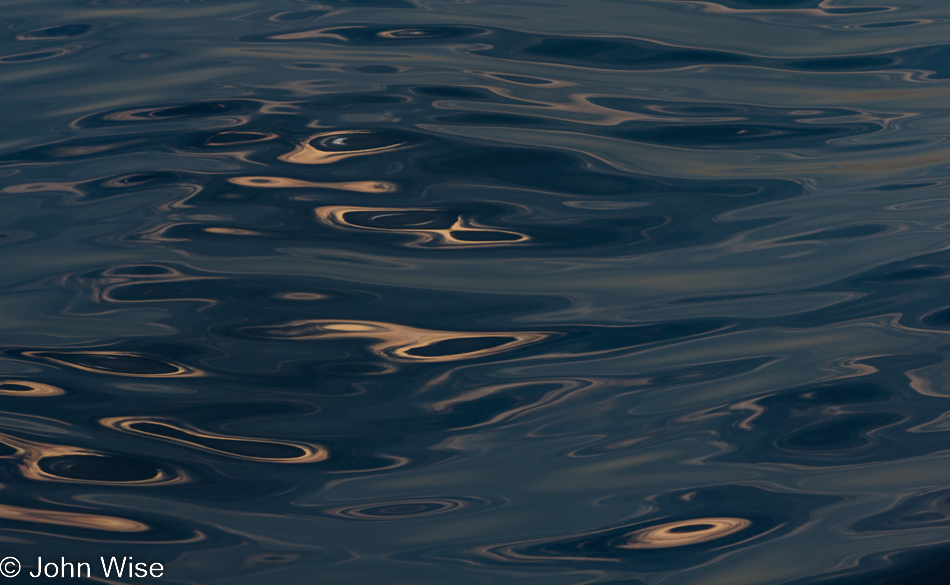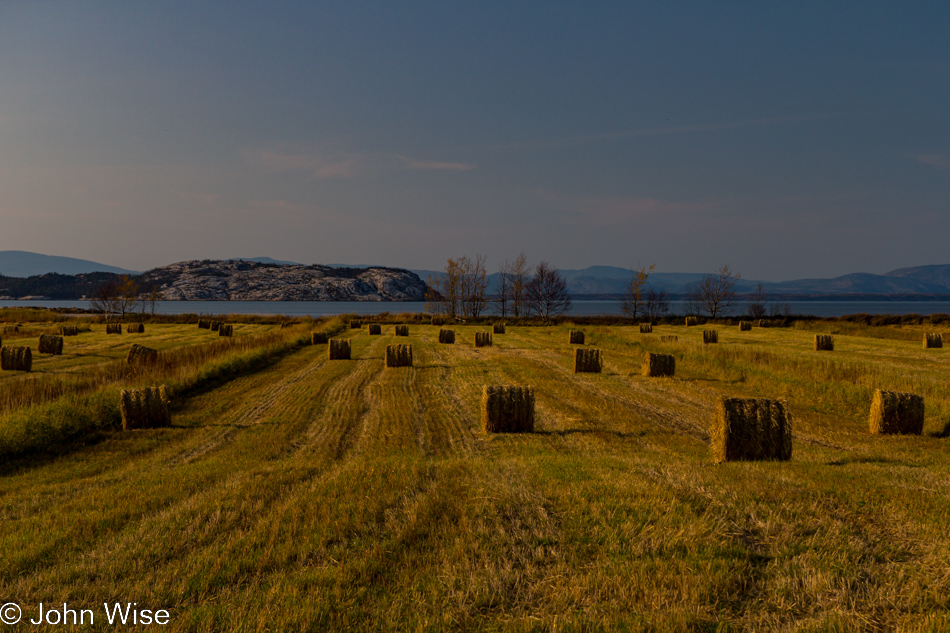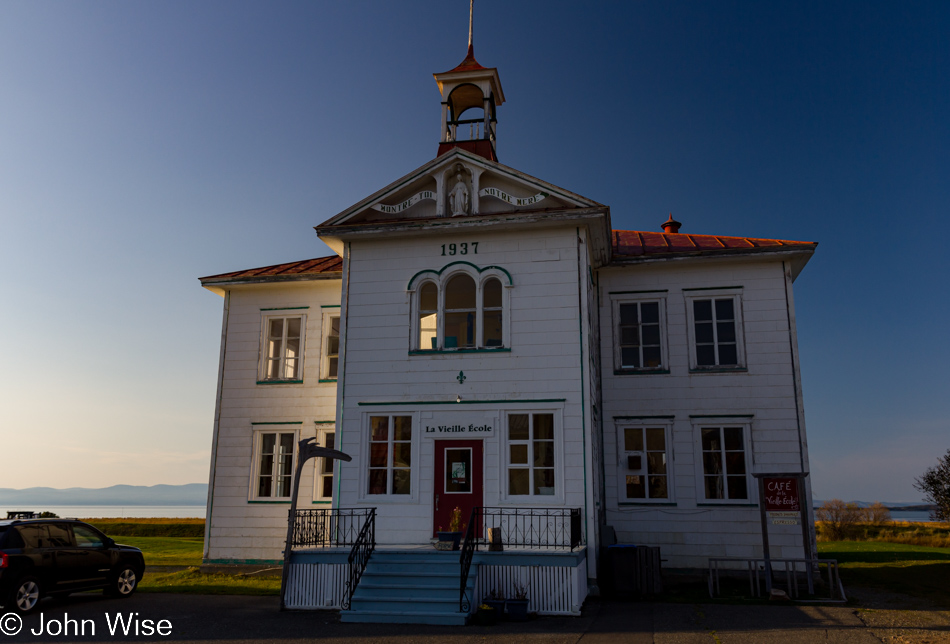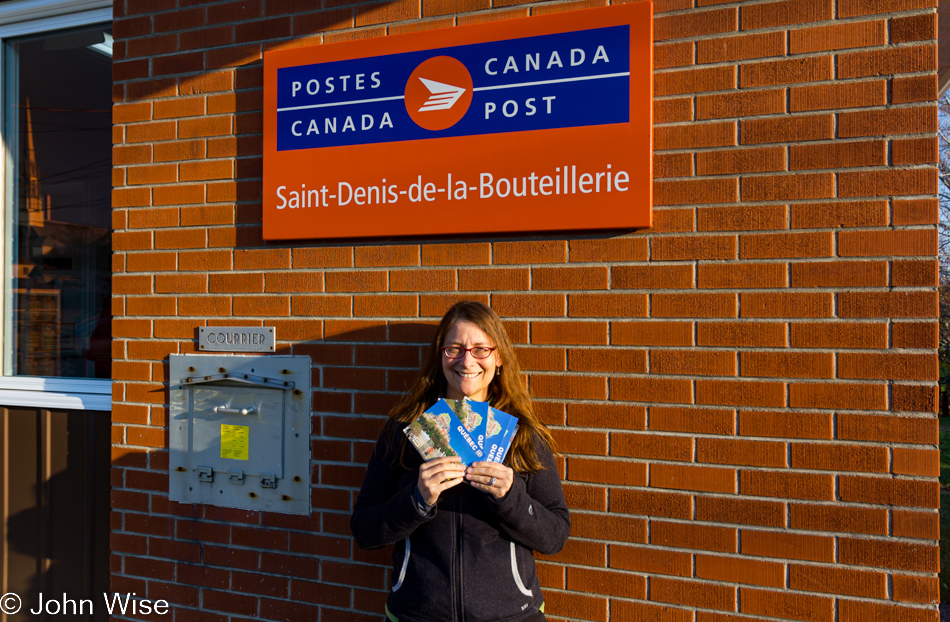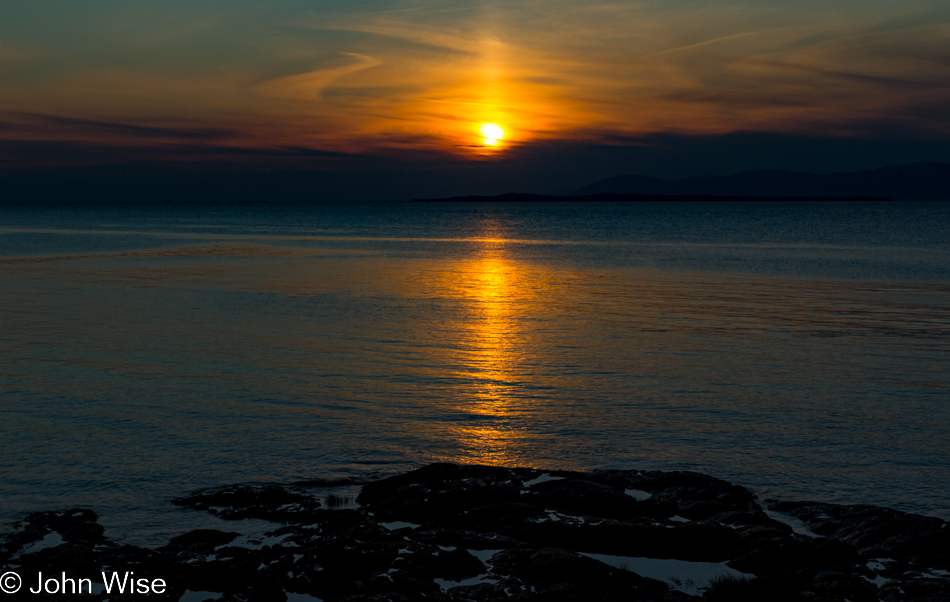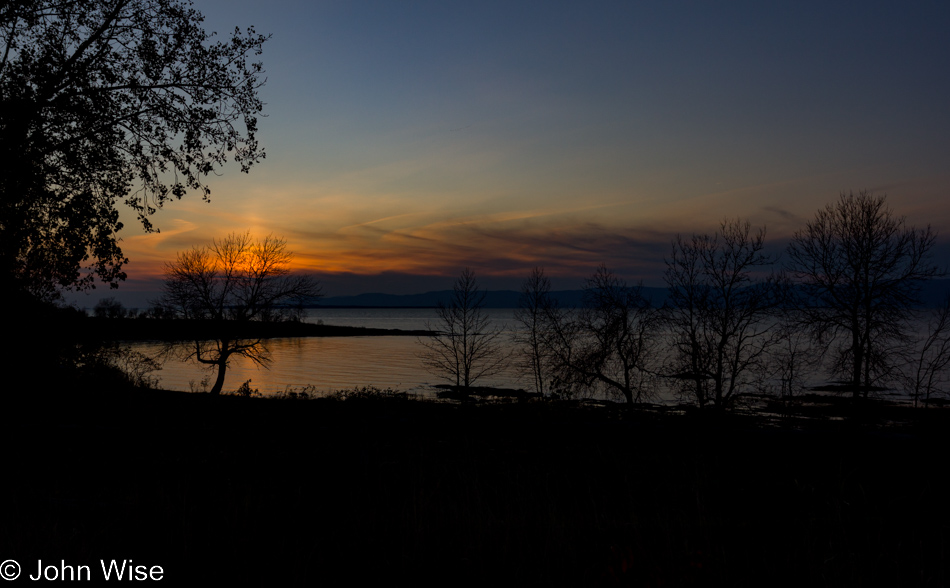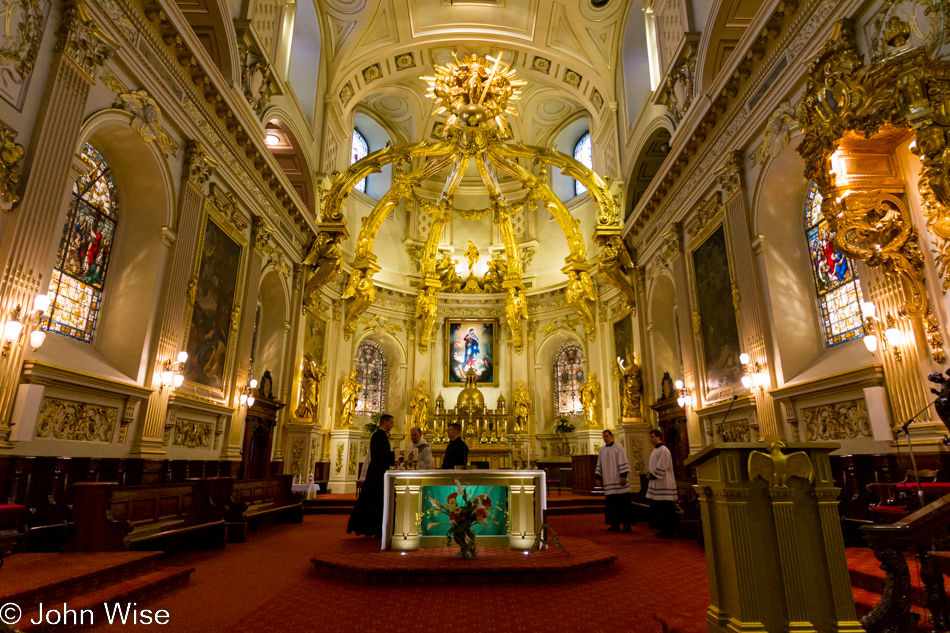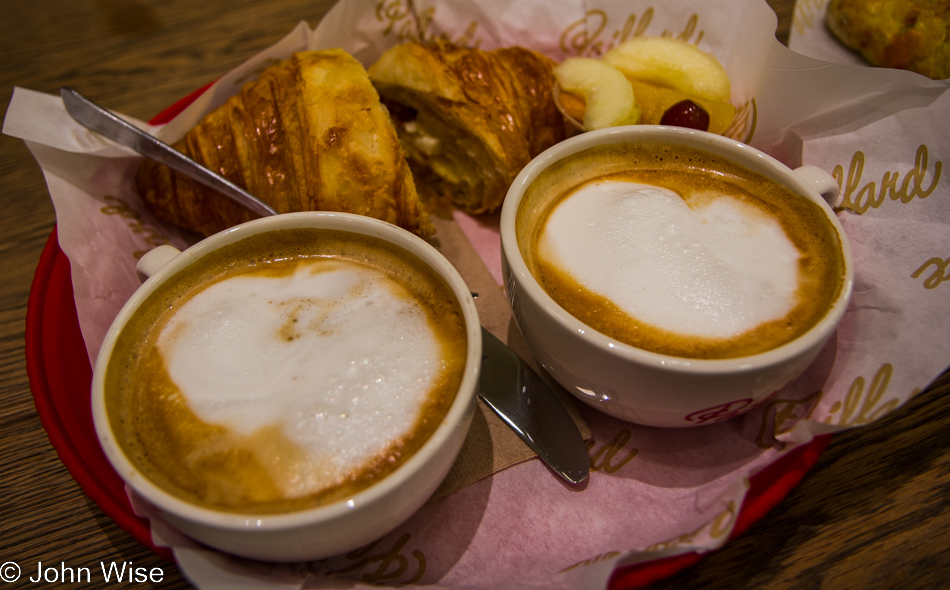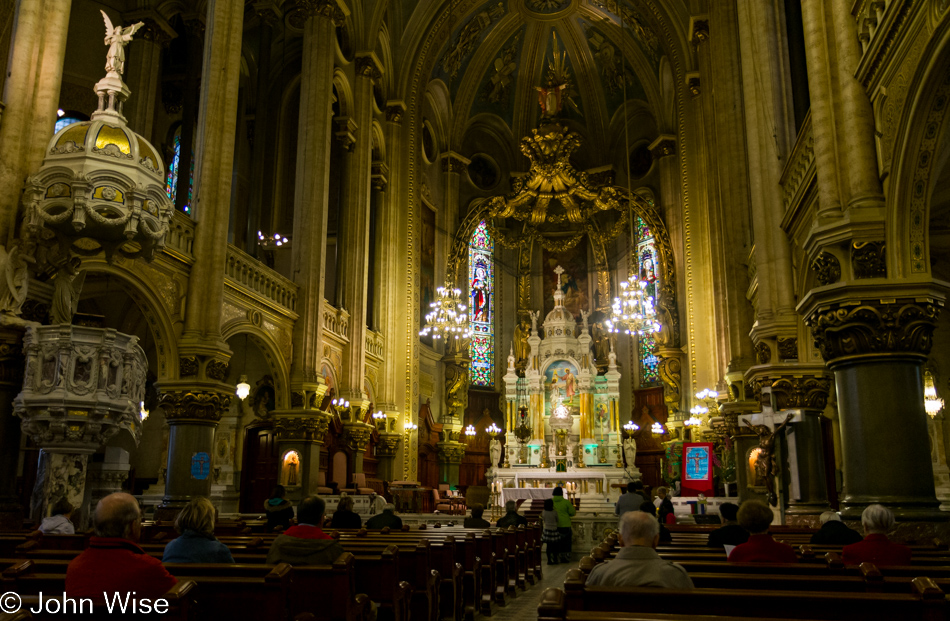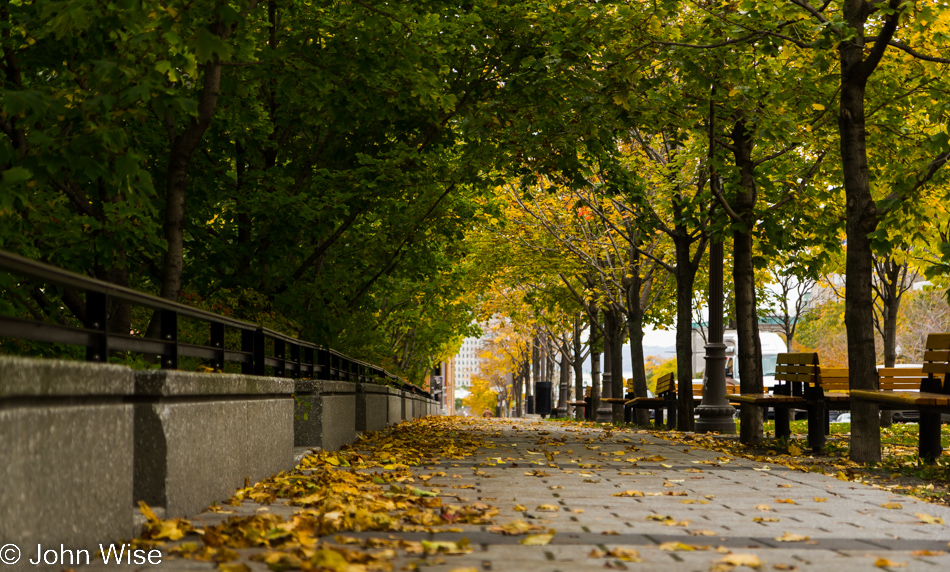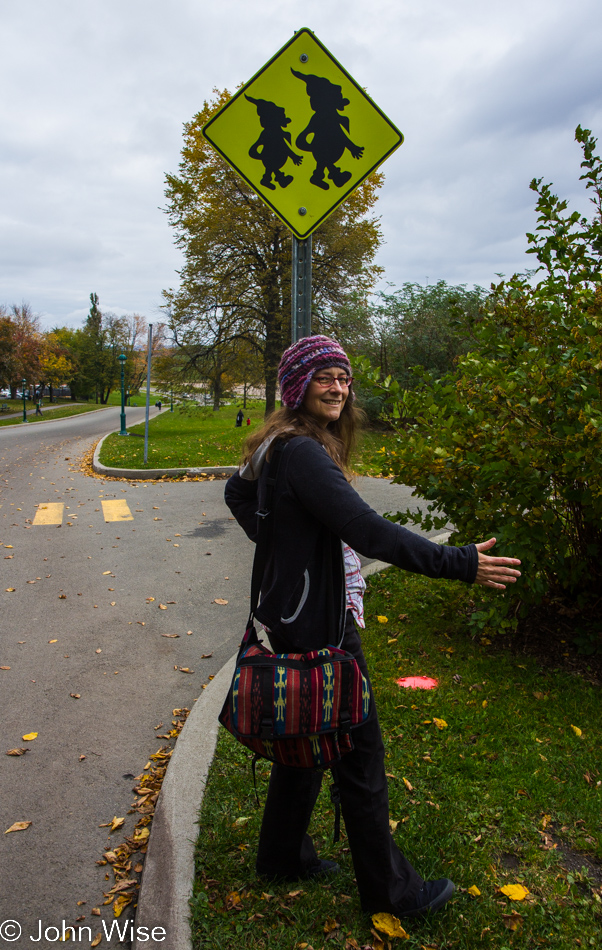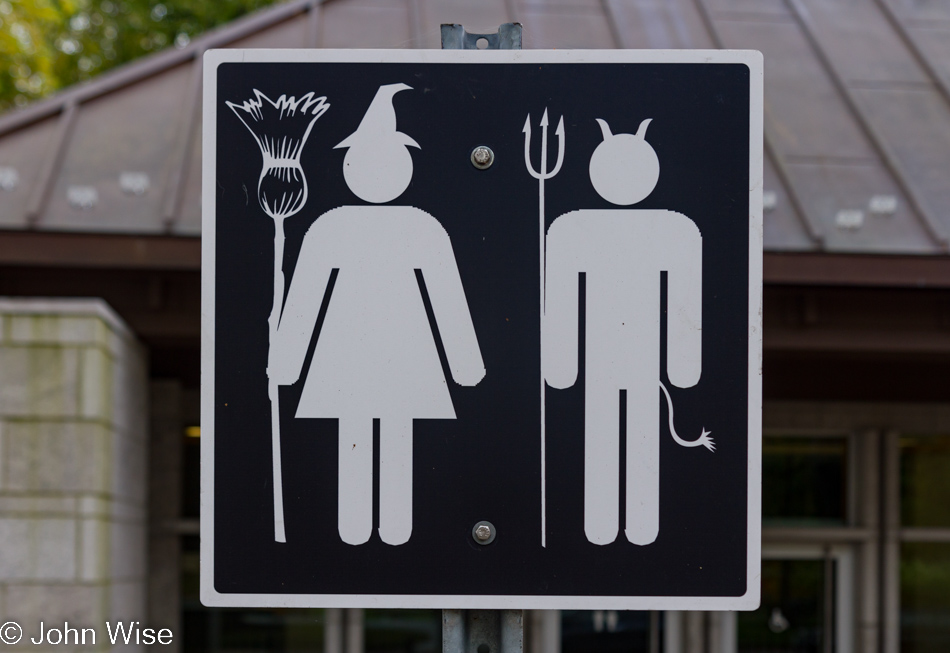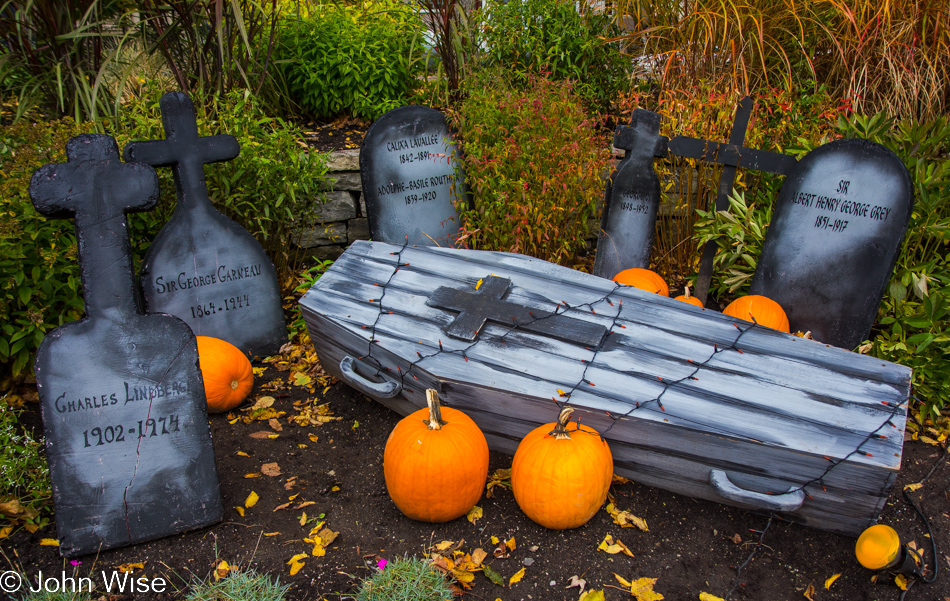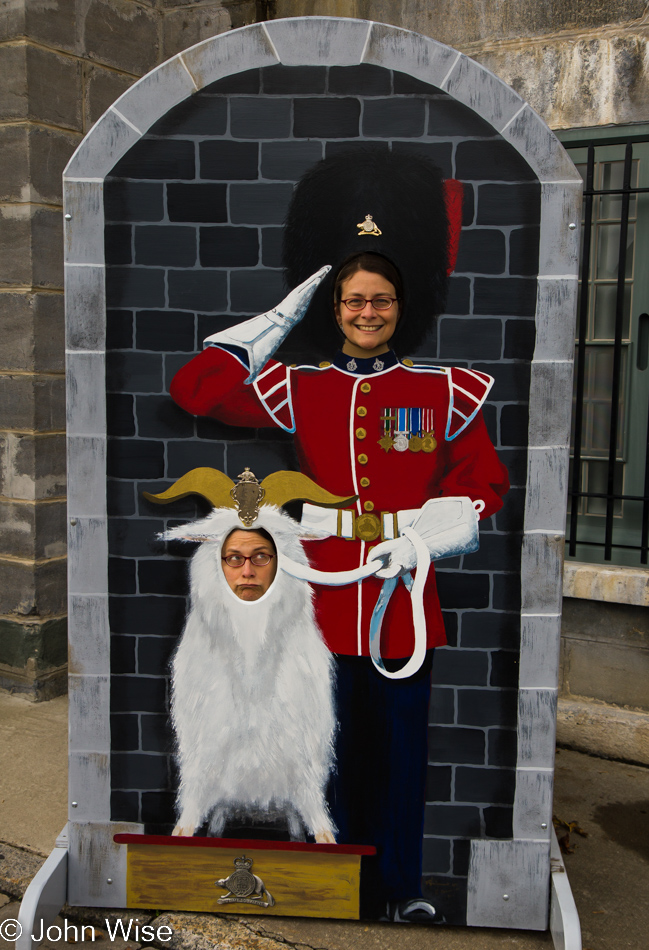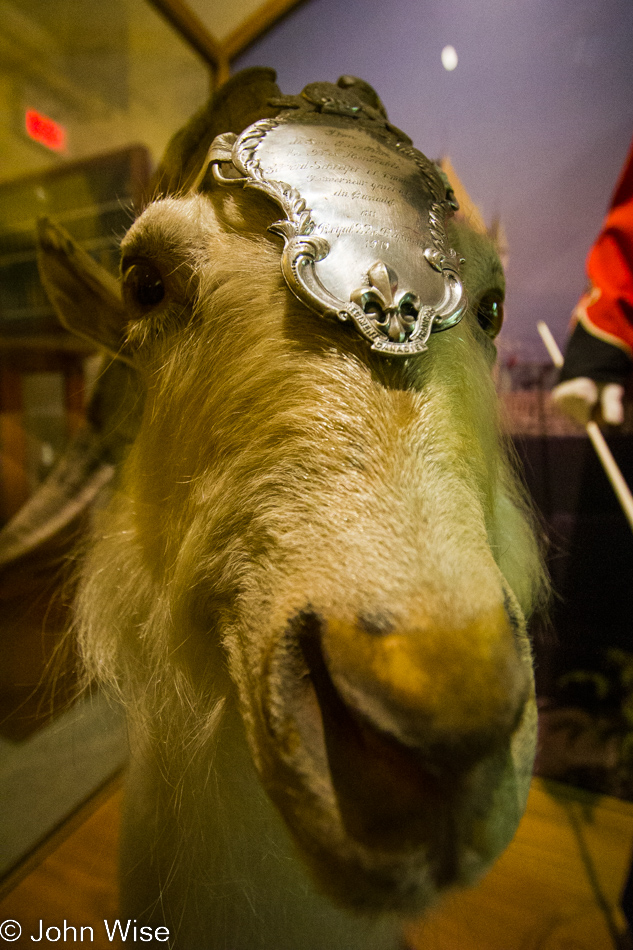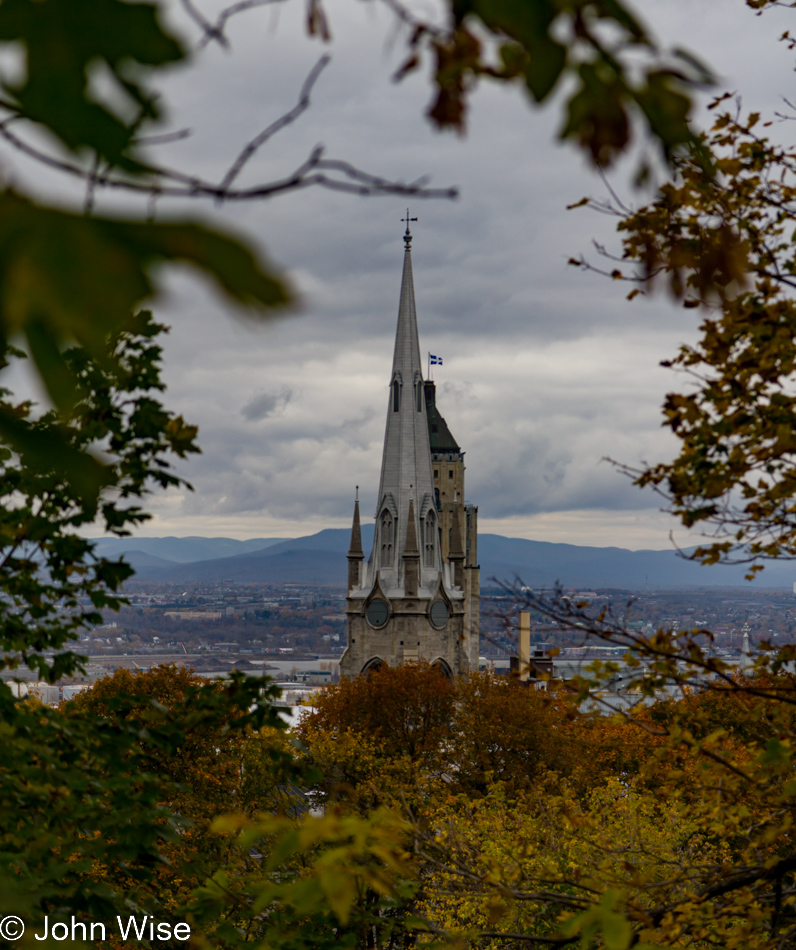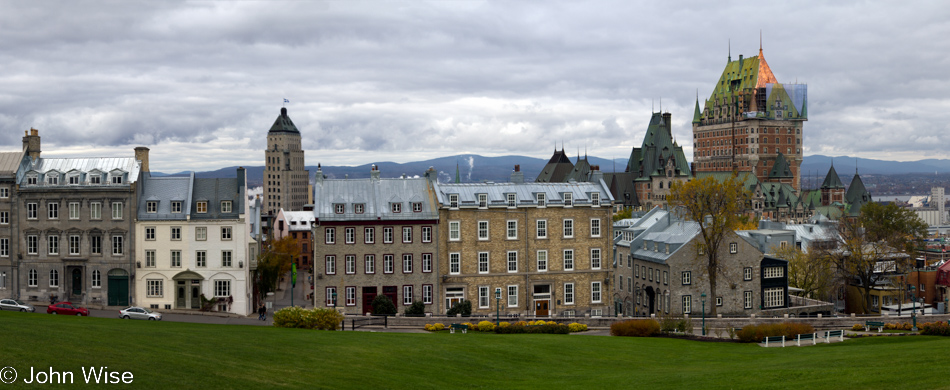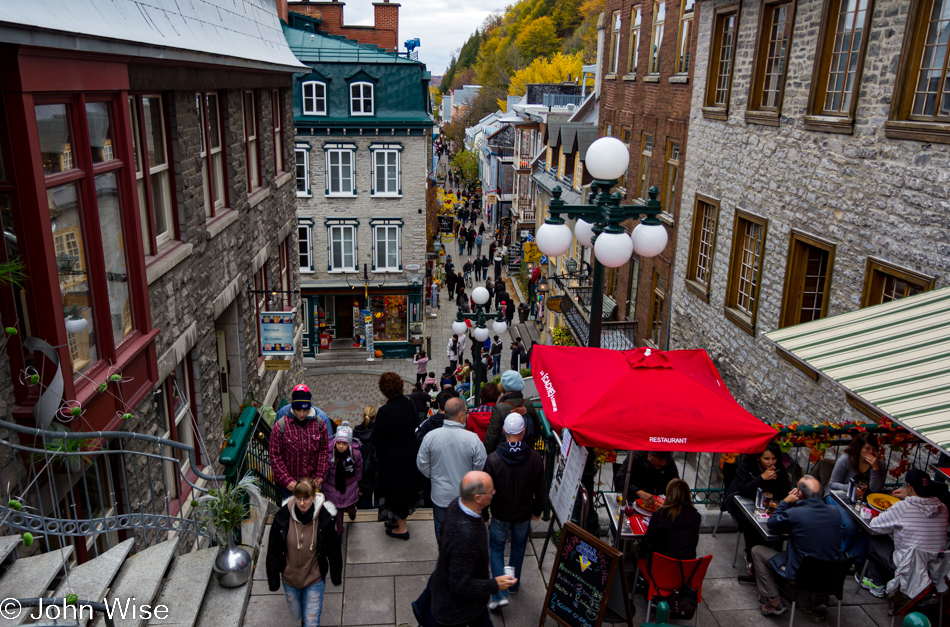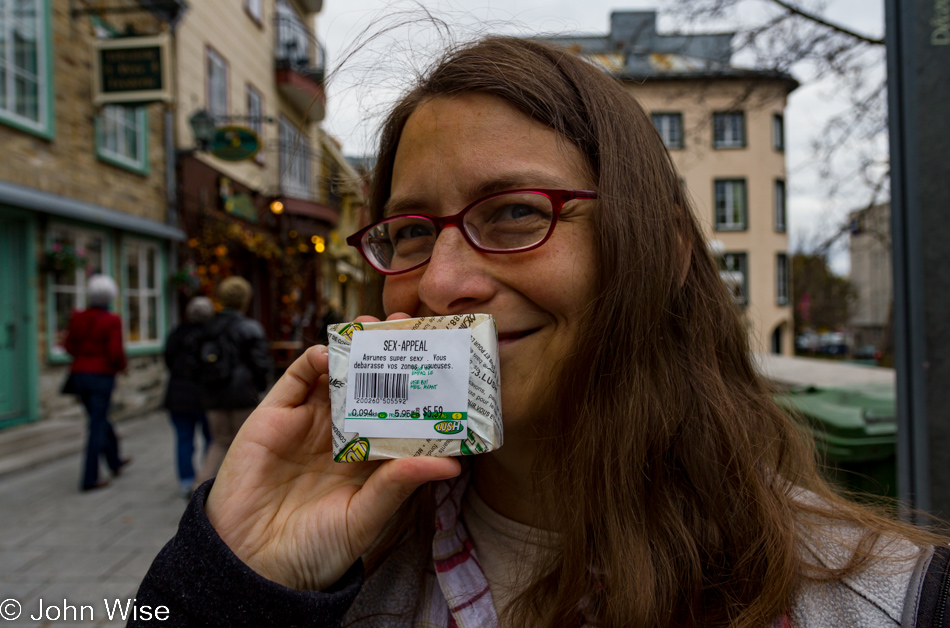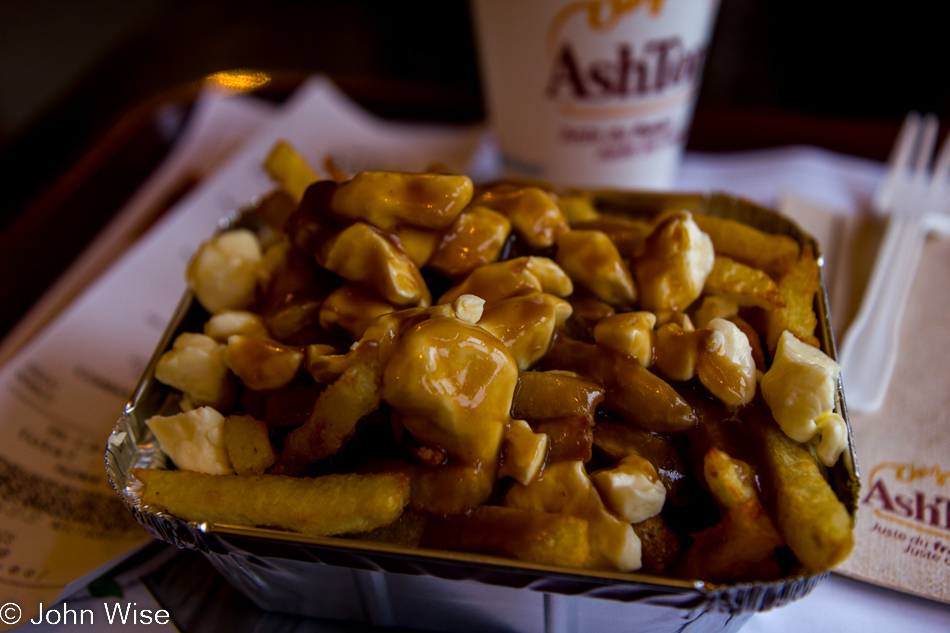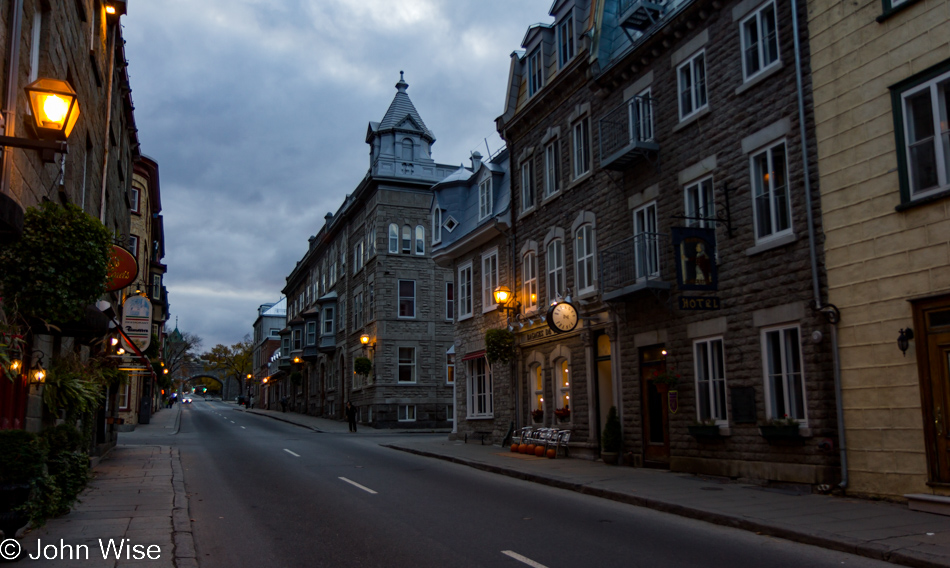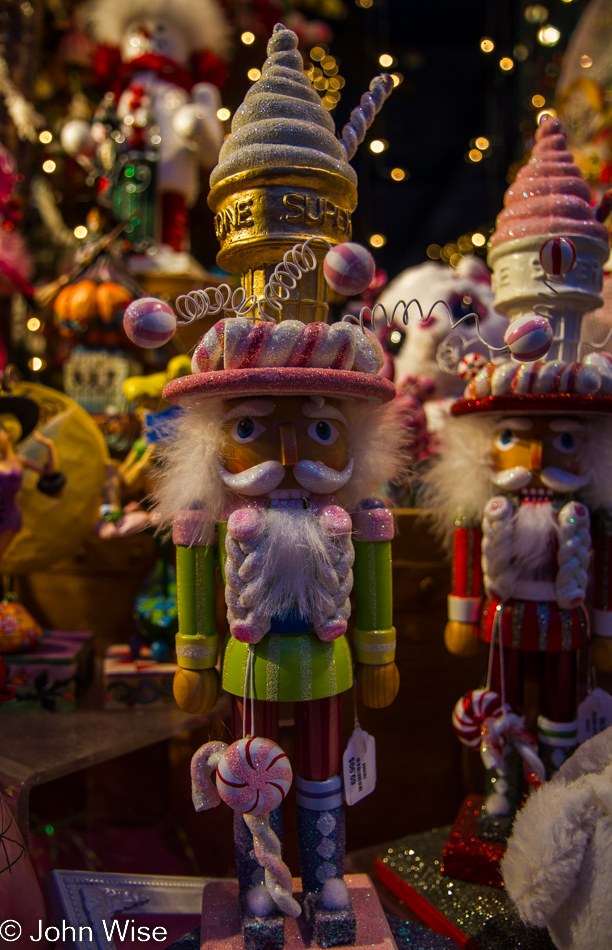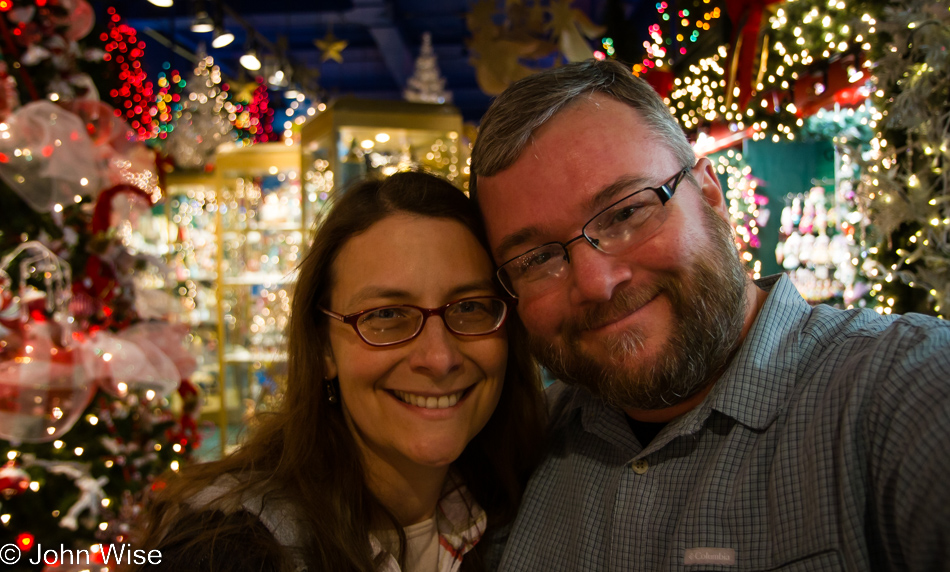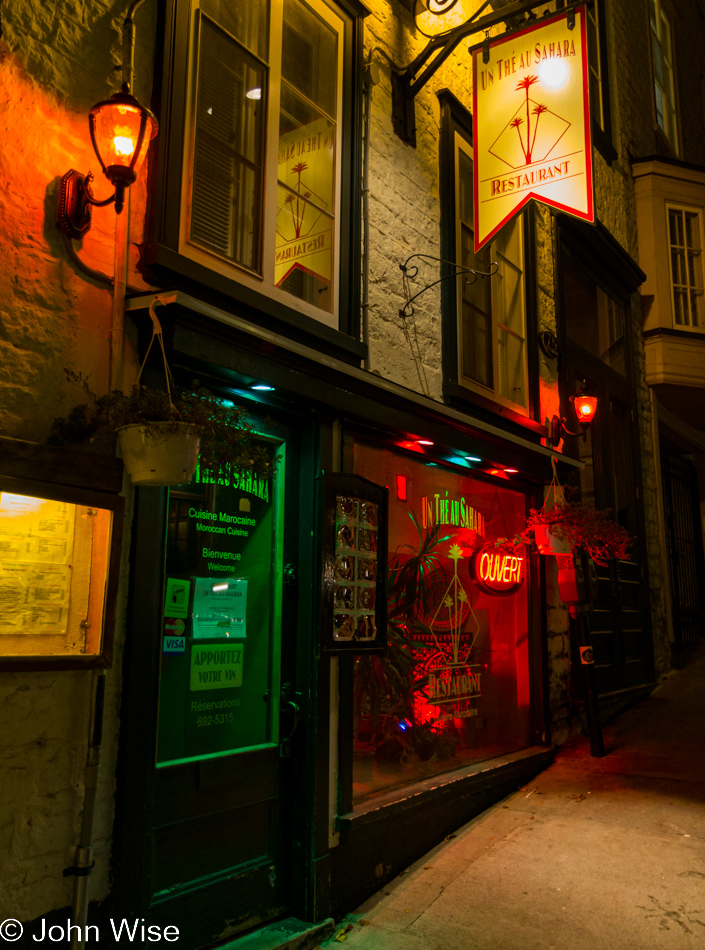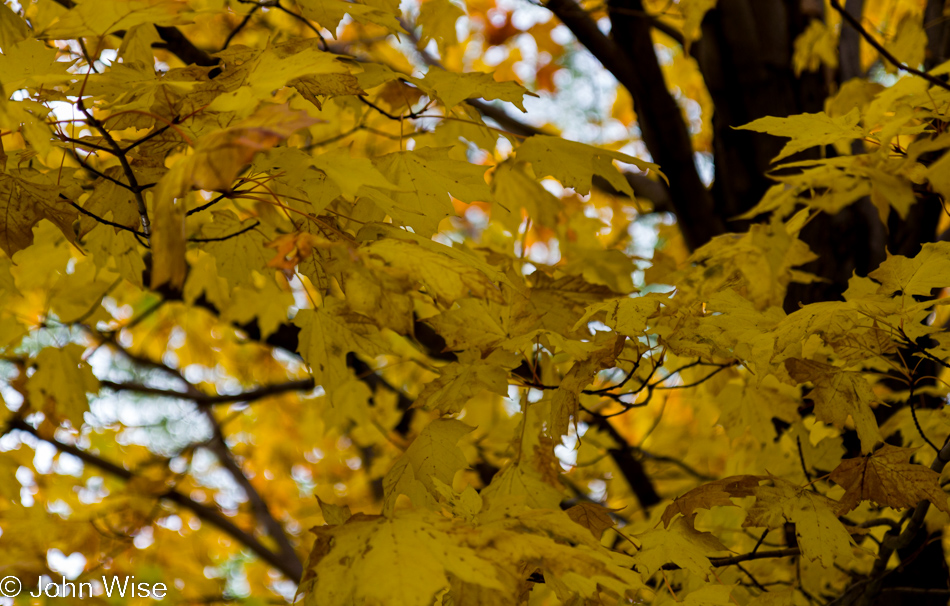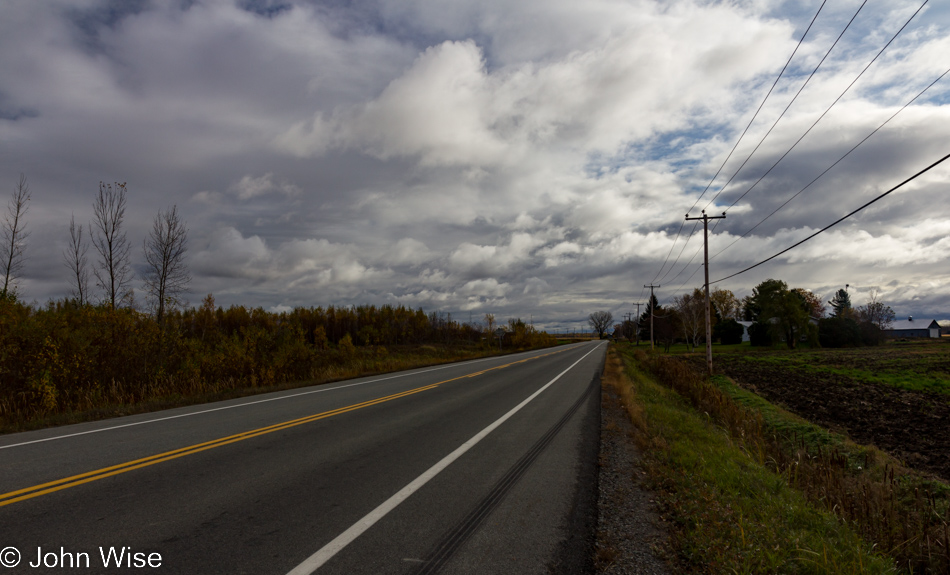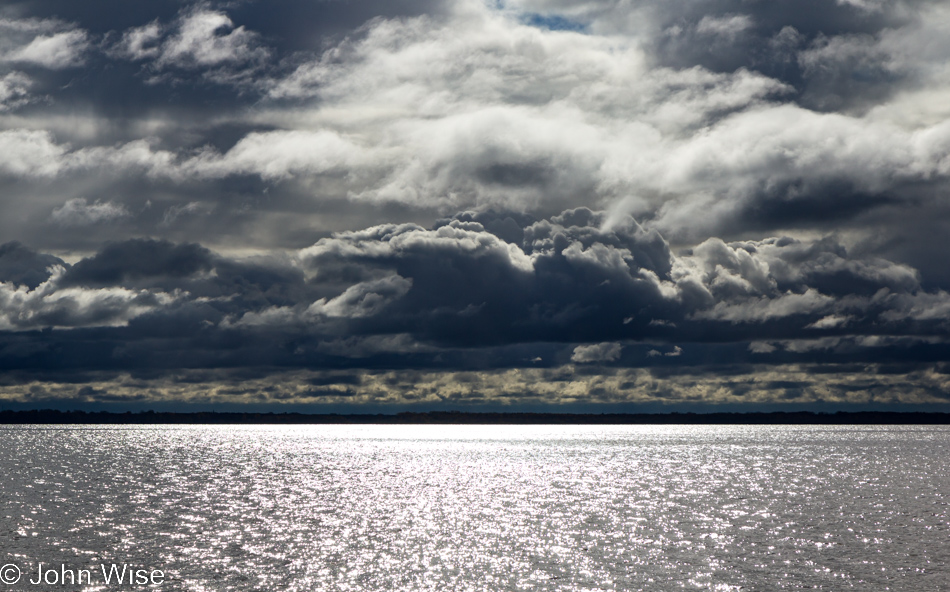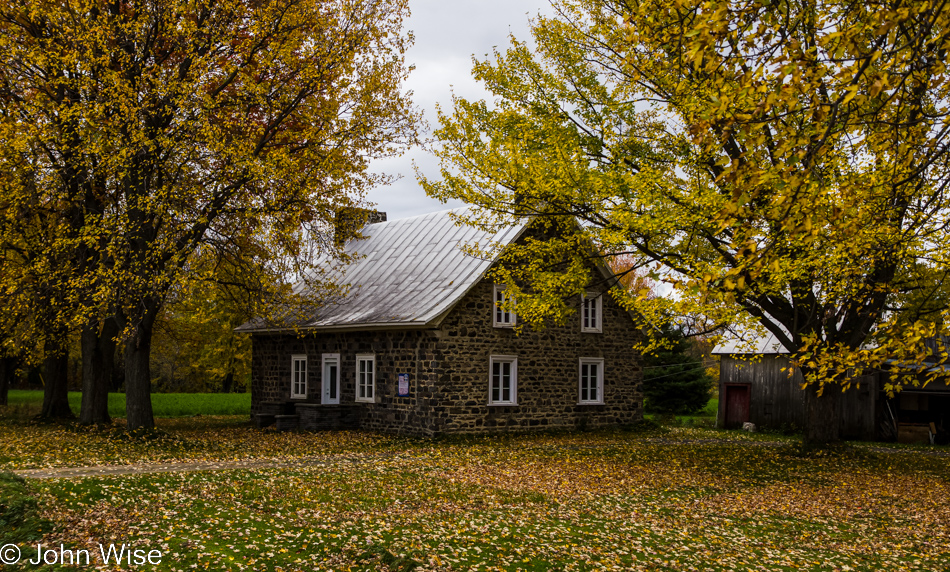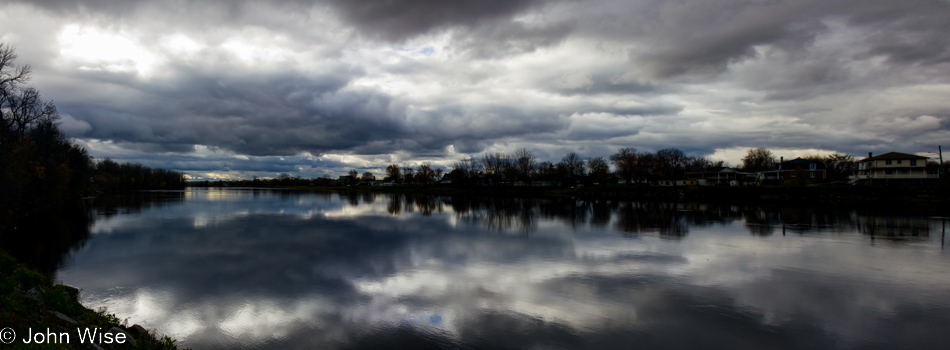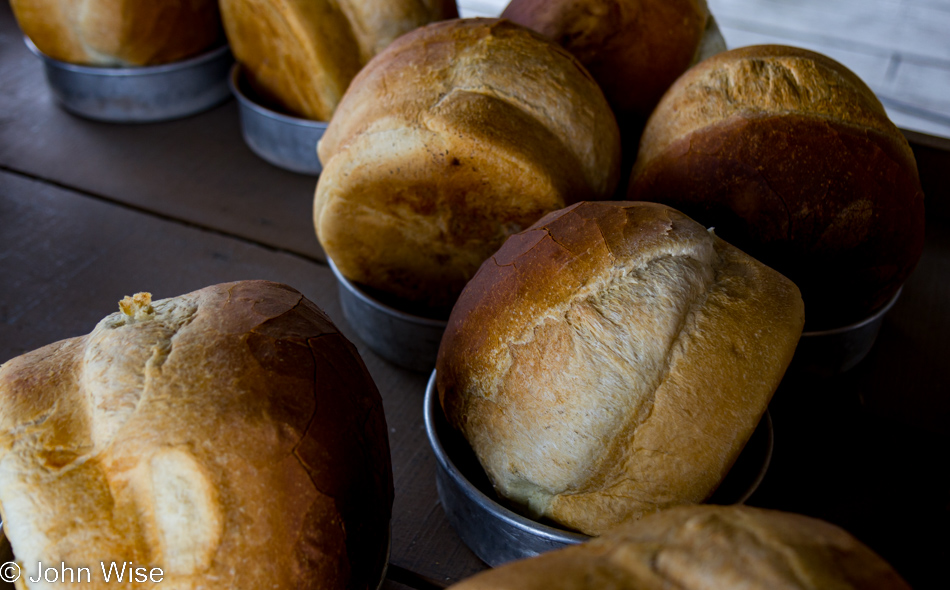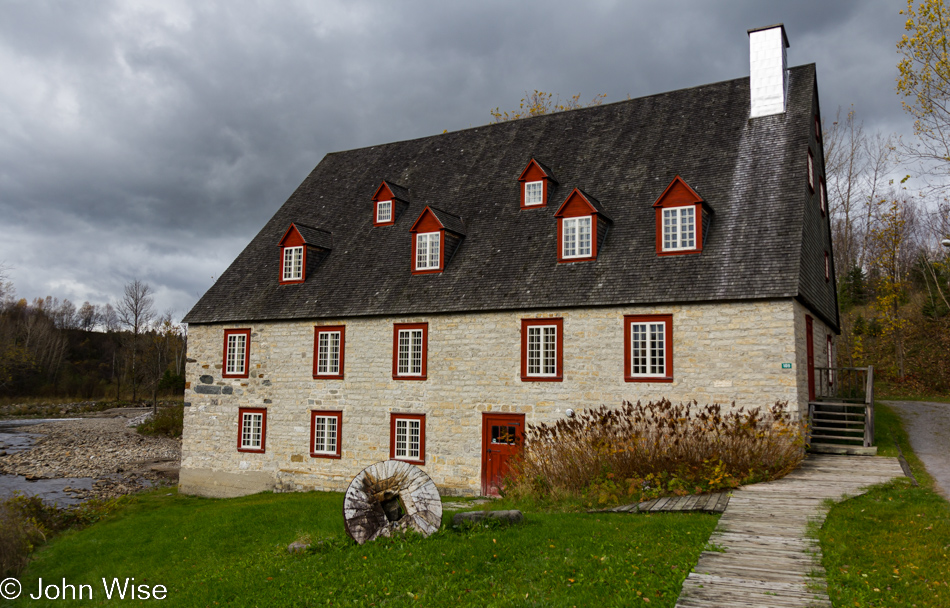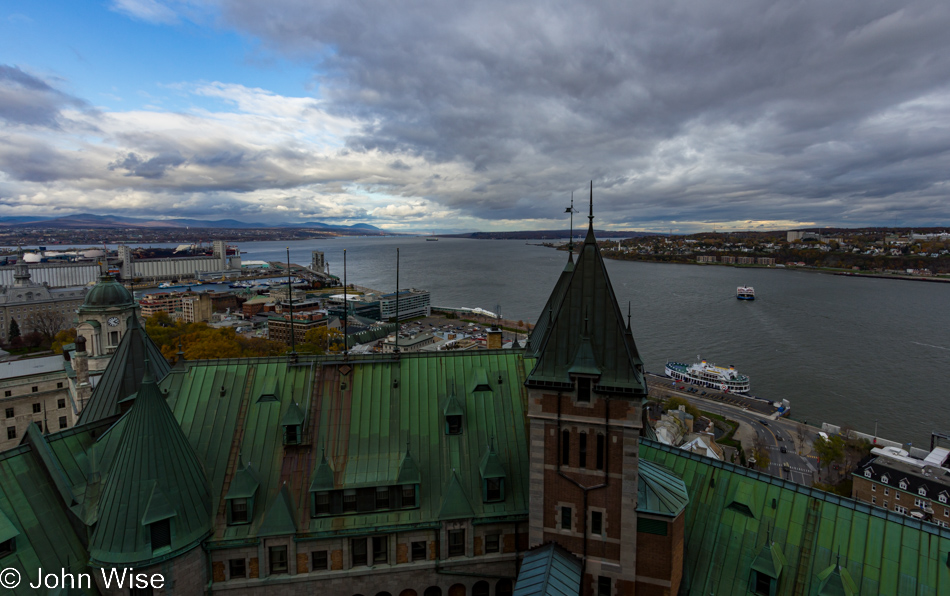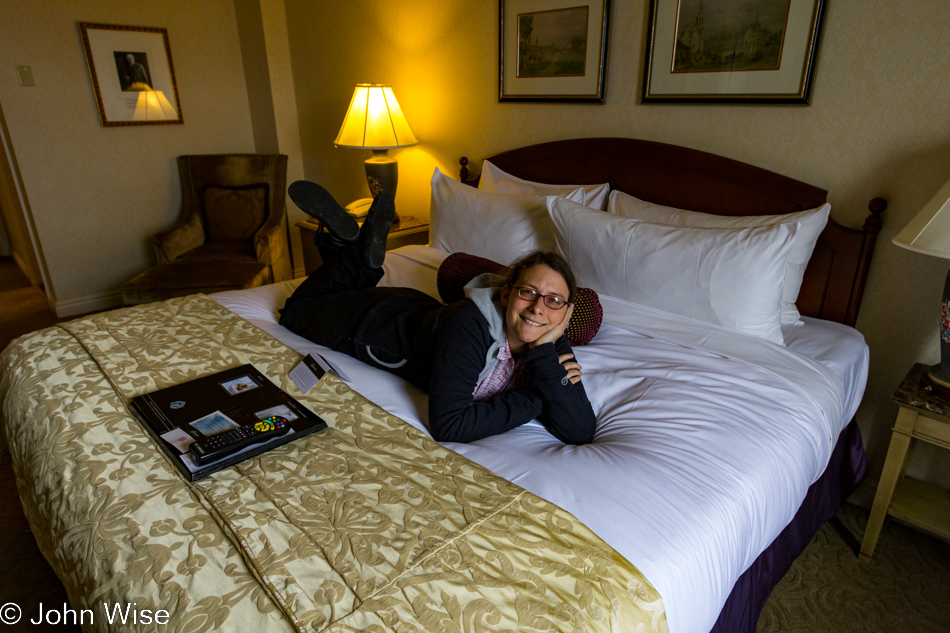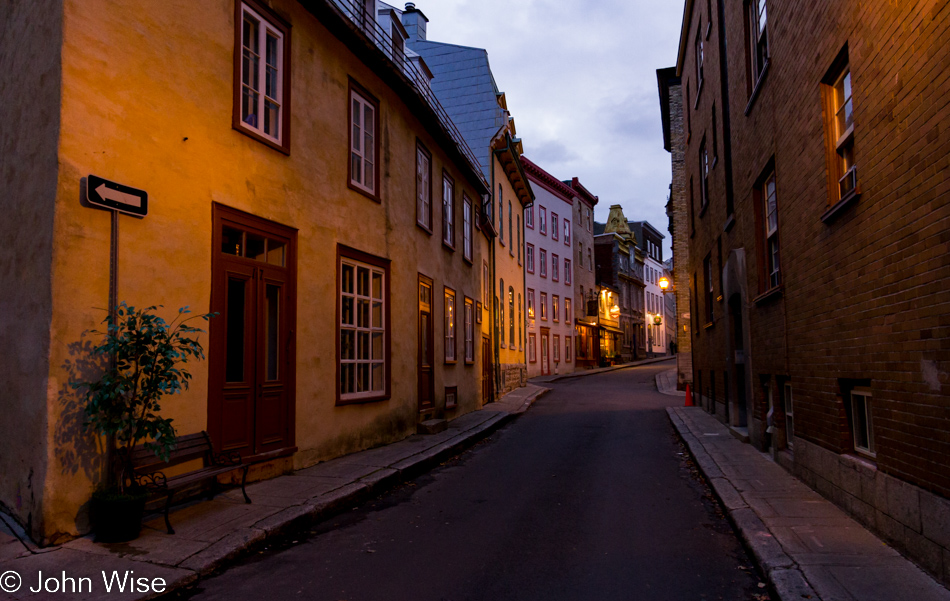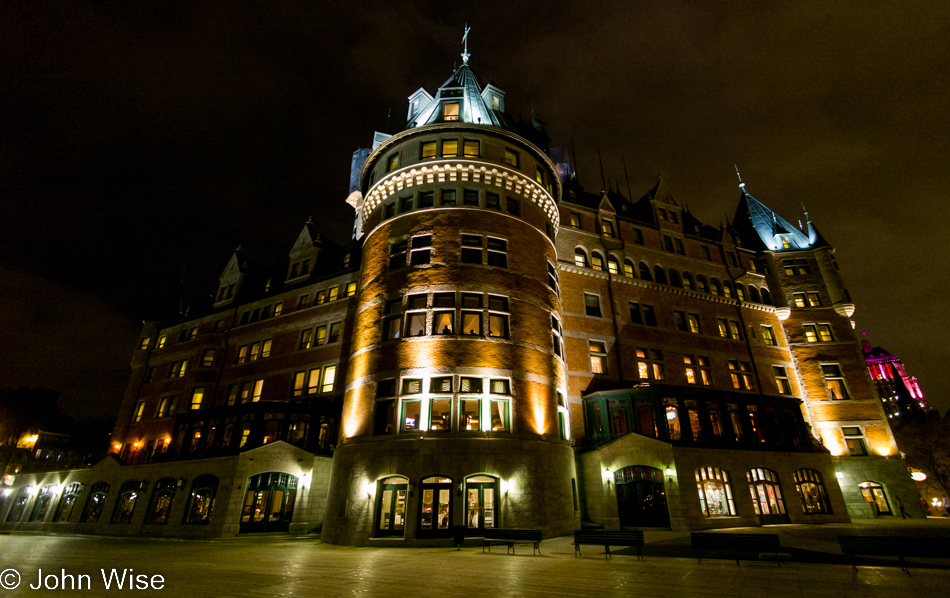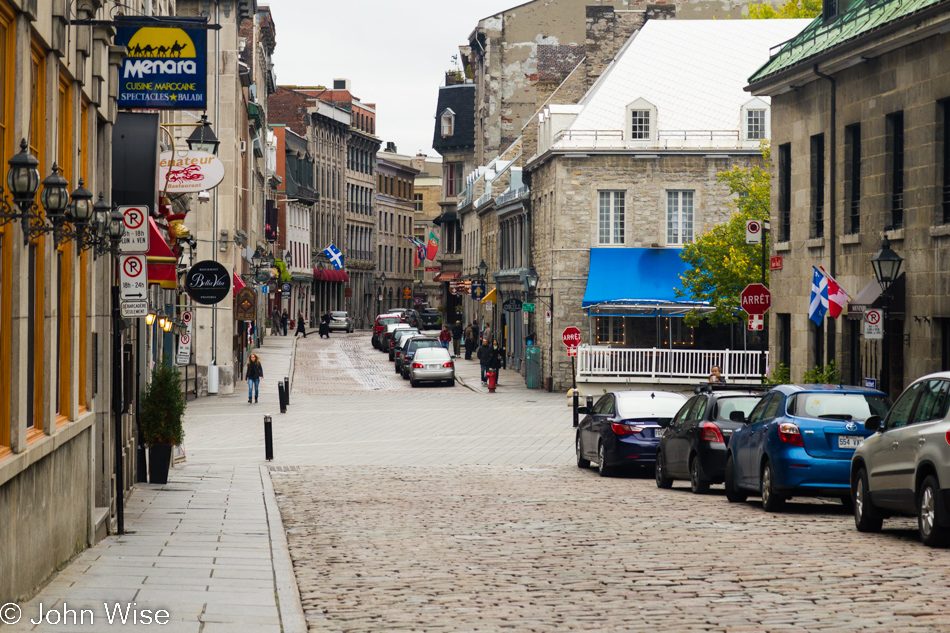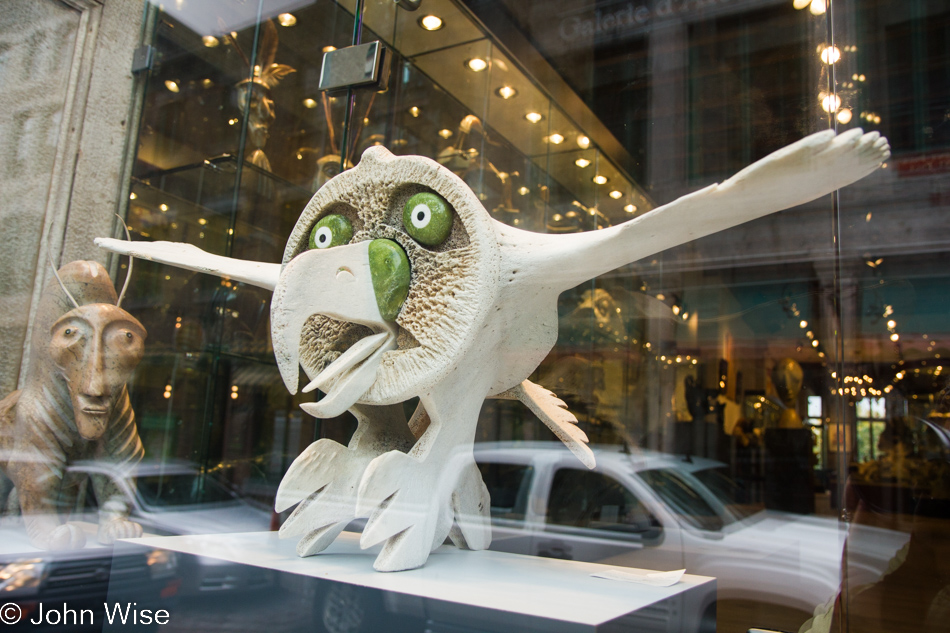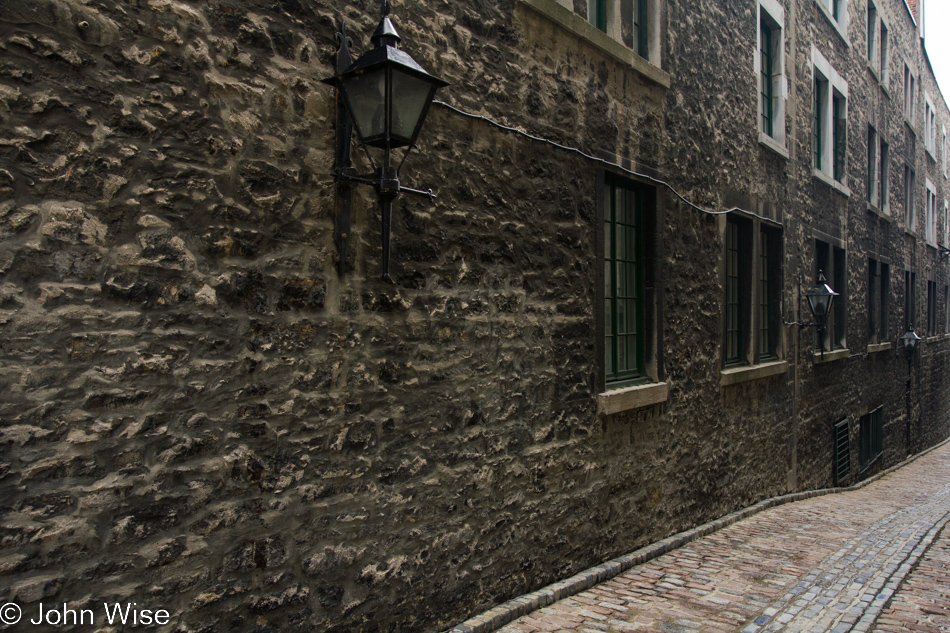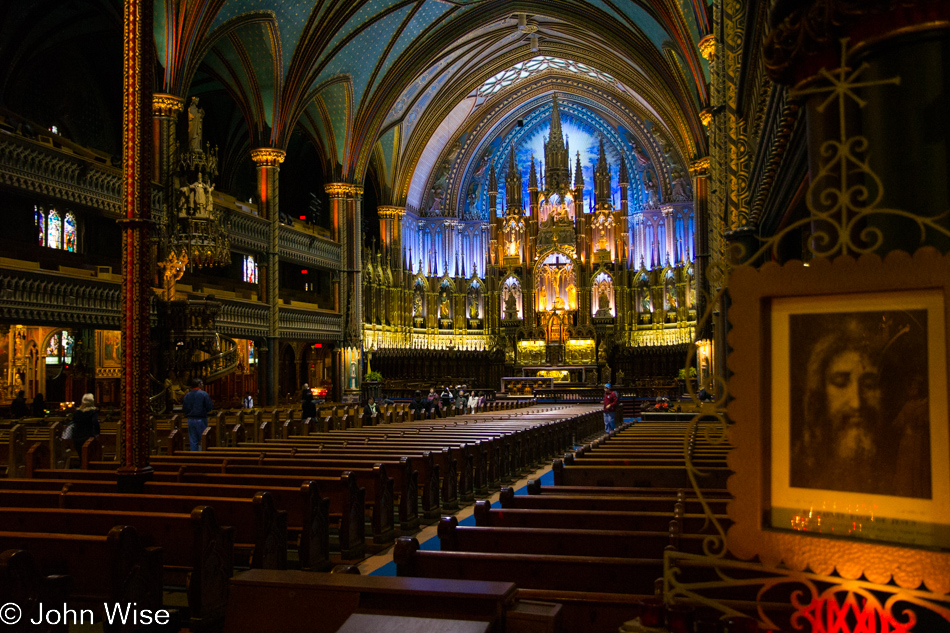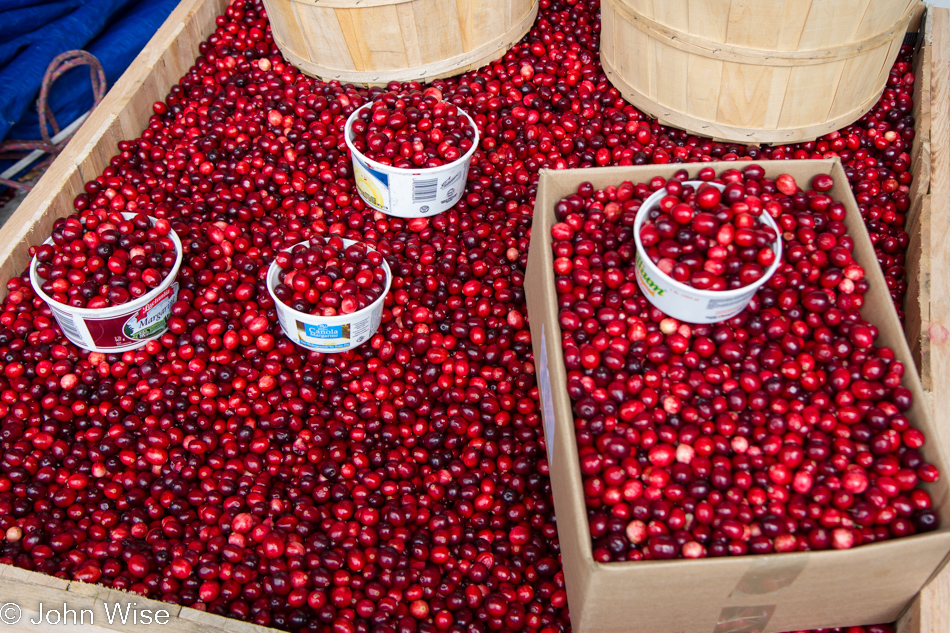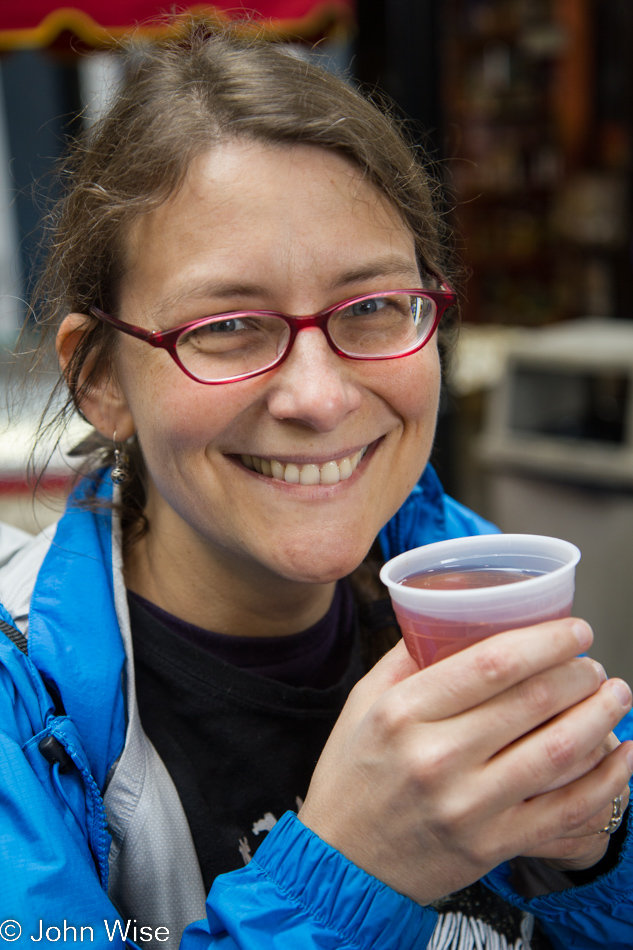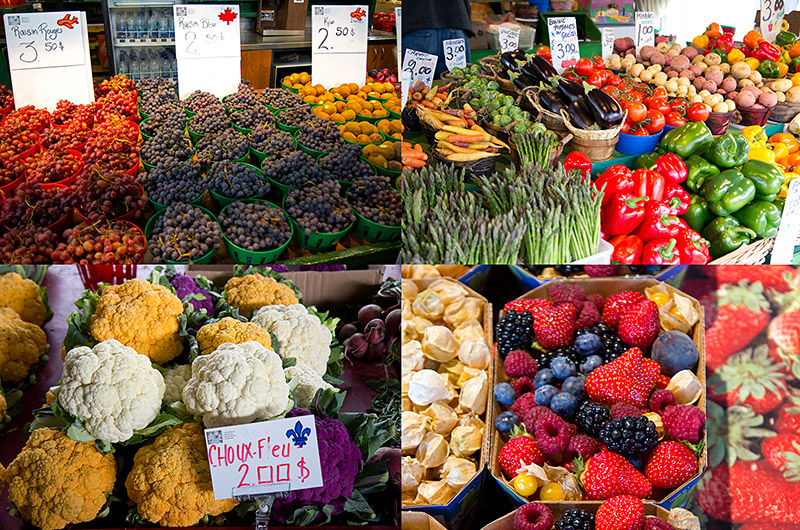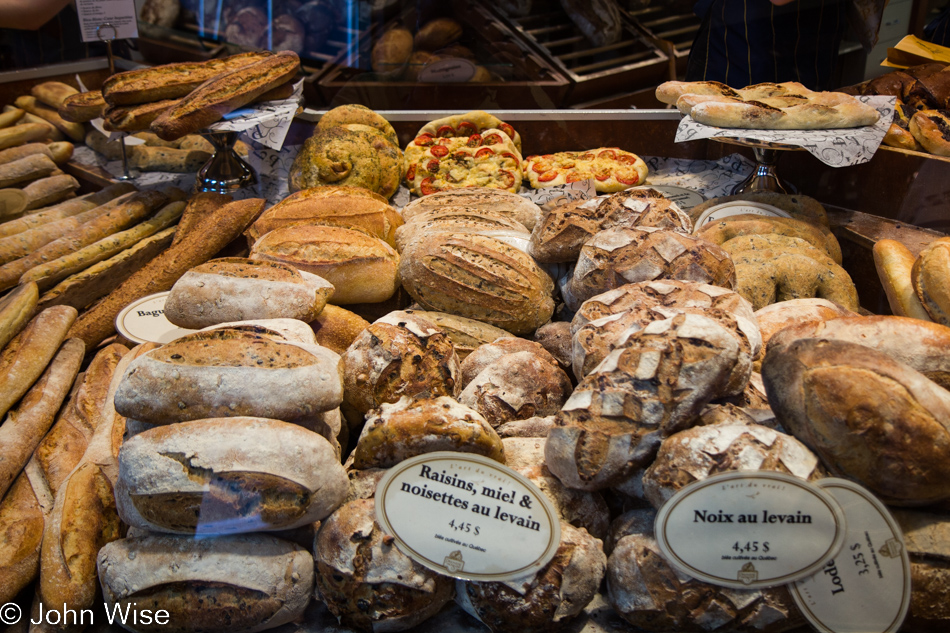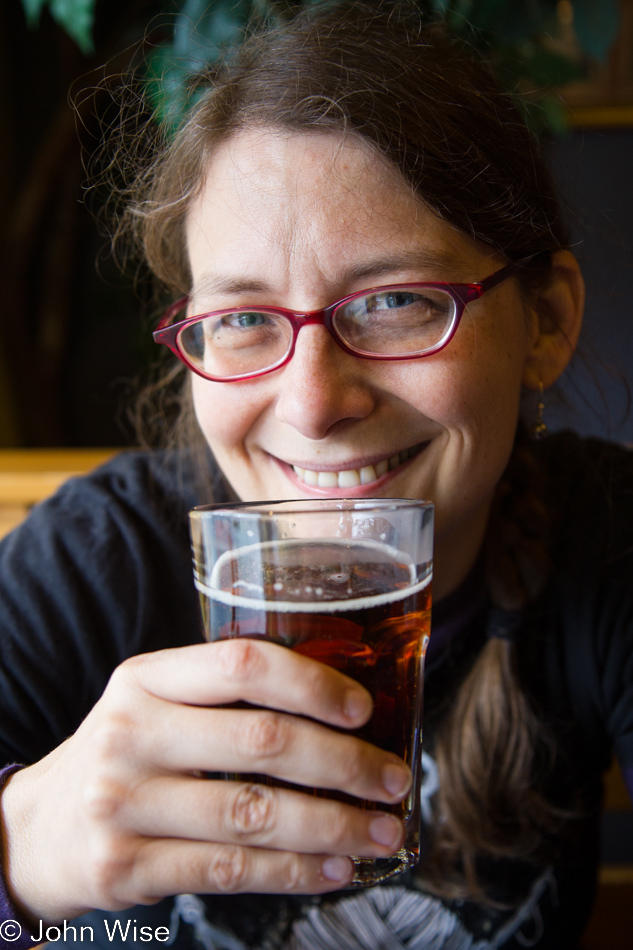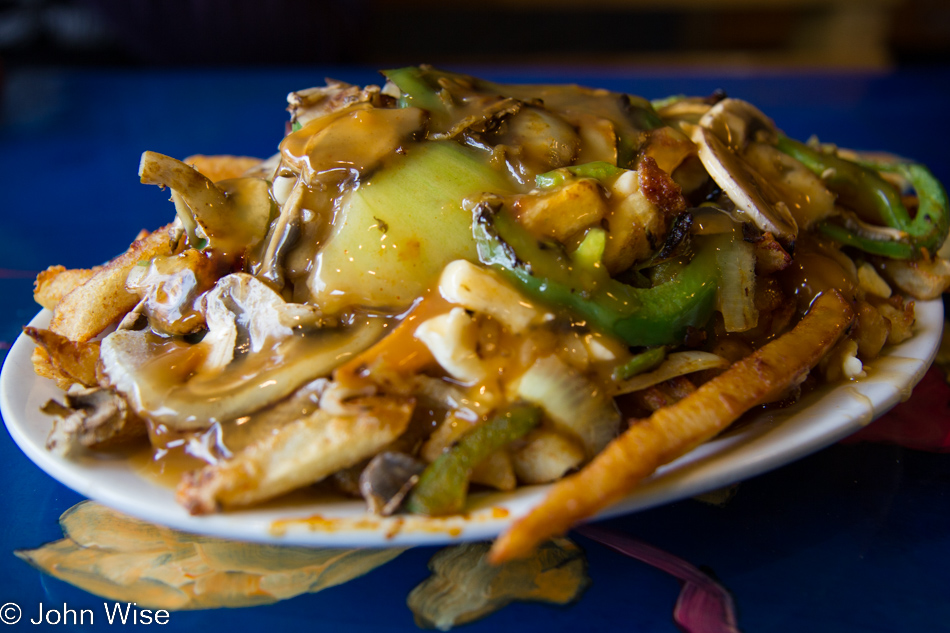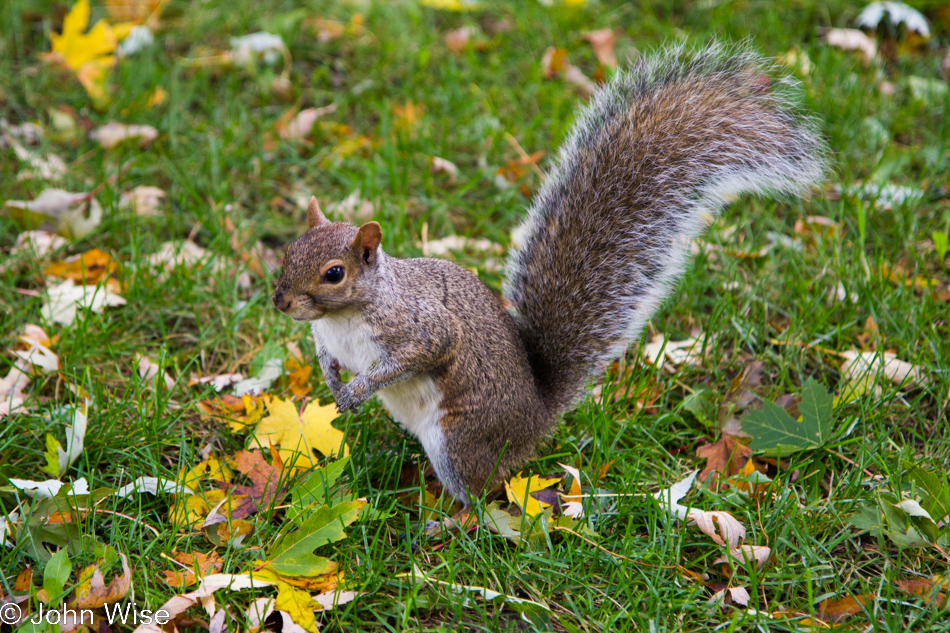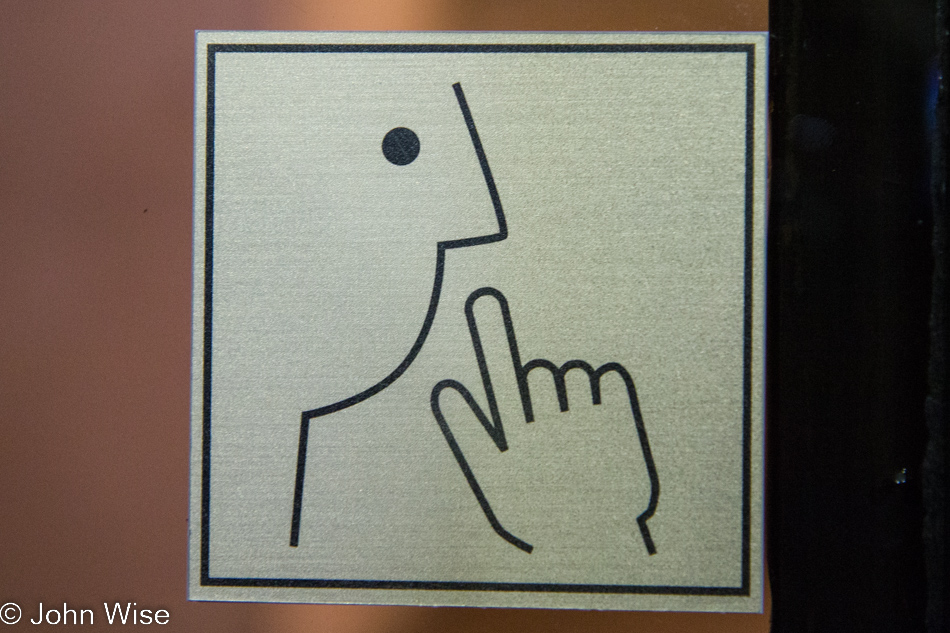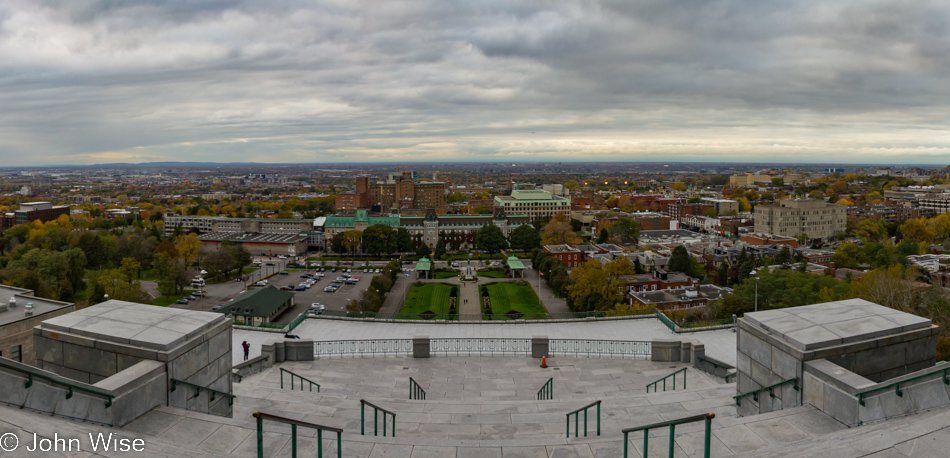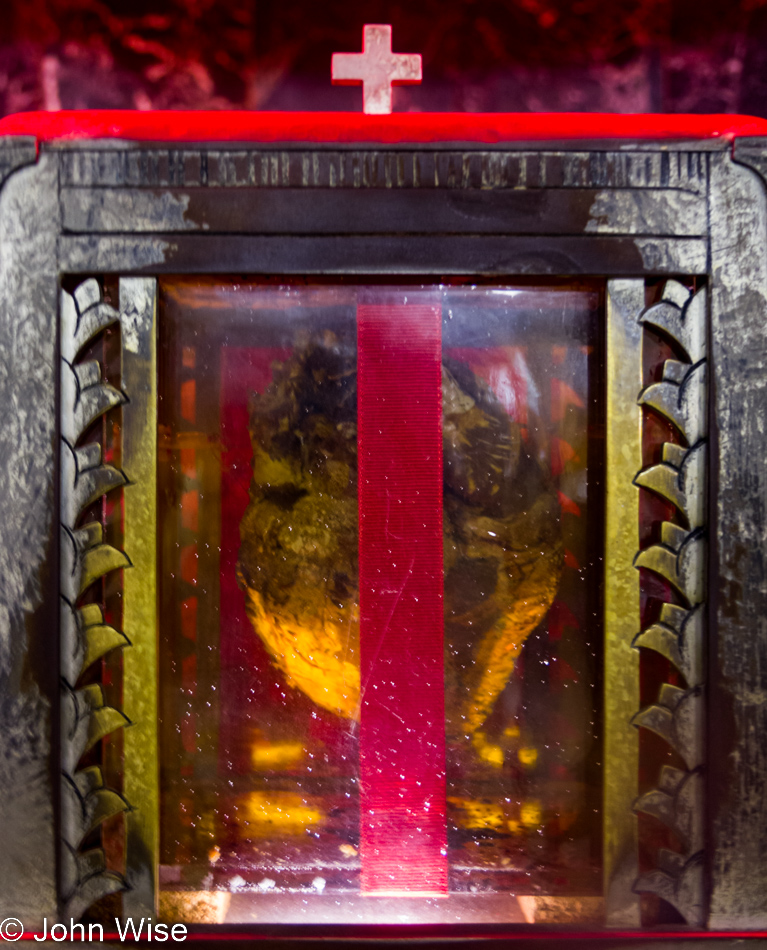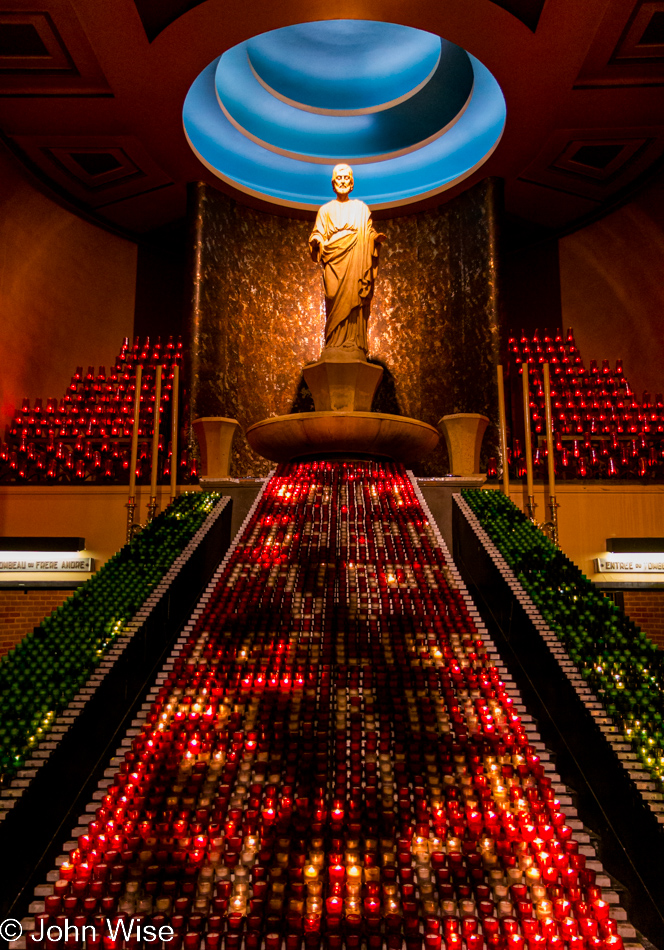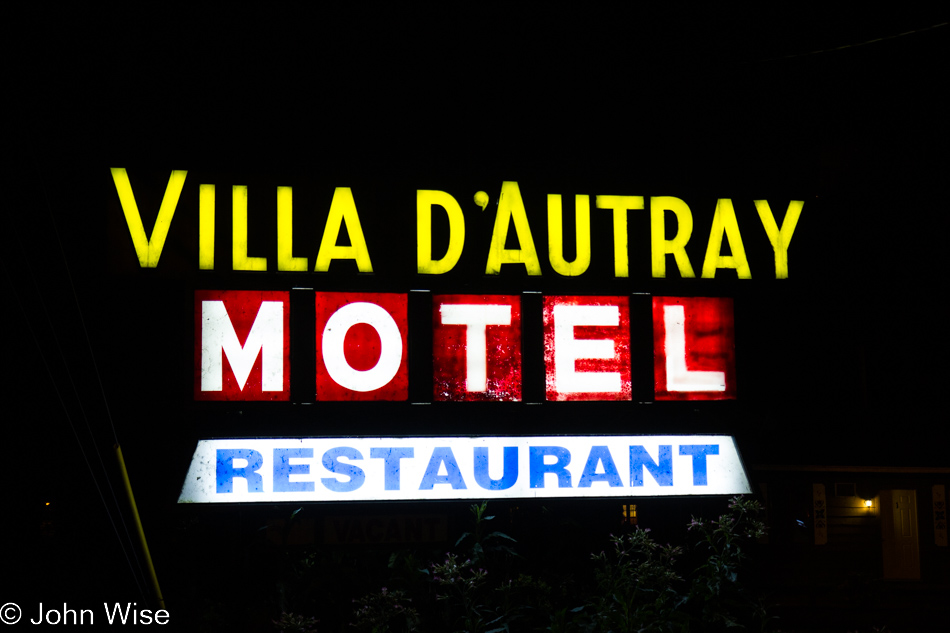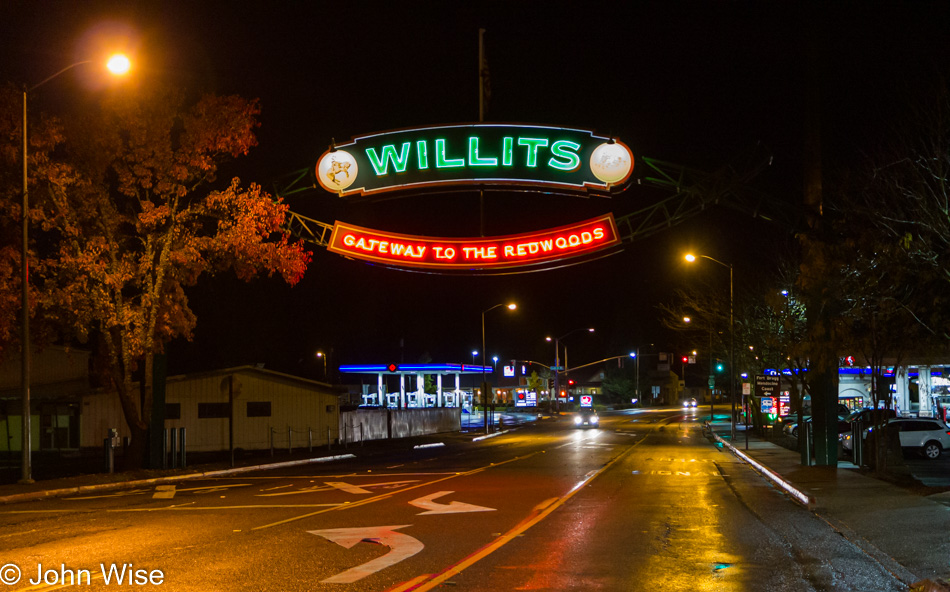
Disclaimer: This post is one of those that ended up being written years after the experience was had. Sadly, there were no notes taken so whatever is shared here must be extracted from the images and what memories they may have lent us. Fortunately, there was an itinerary still in my directory of travel plans, so that will help with some details. As to why this wasn’t noted or blogged about, I was in the throes of writing/editing my book Stay In The Magic and felt that any other deep writing would derail that fragile effort.
There are times when we take photos so late in the day that they end up in the next day’s image folder because of their date stamps. That is at least what I thought about the photo above, but sure enough, it was taken early in the morning of our trip north. The sign should be the giveaway of why we drove to this particular city.
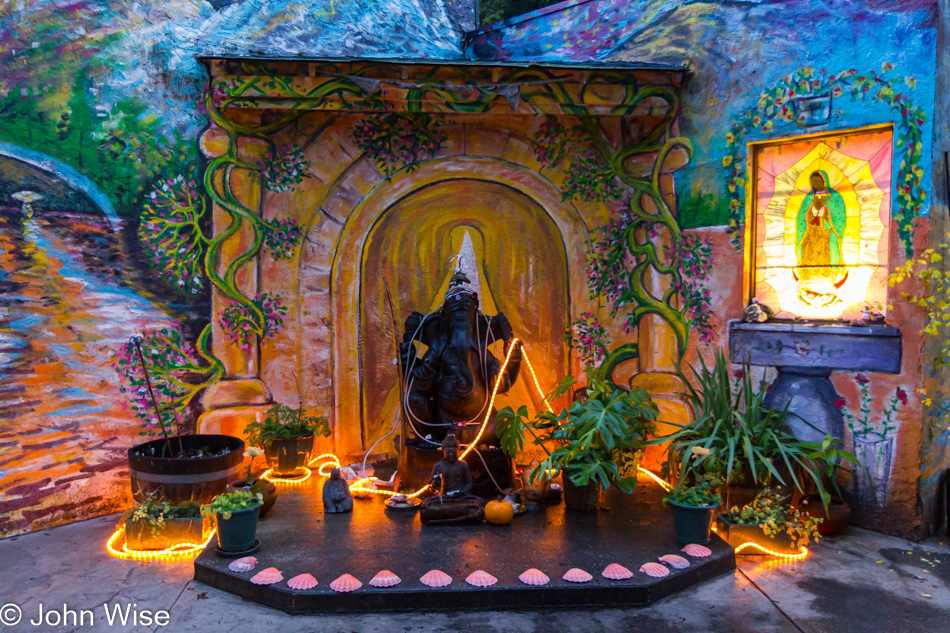
I just lost 30 minutes of writing because I felt the need to track down the location where this photo was taken, and it turns out that it is “Area 101” in Laytonville, California. Other than the obvious that it is a roadside attraction, it also has been part of a Marijuana grow and was the location of 2010’s Emerald Cup, a cannabis-related music festival. It seems as if they are now called Healing Harvest Farms. I can tell you that we’ve stopped here many a time to appreciate the psychedelic nature of it all (and the clean facilities nearby – Caroline).
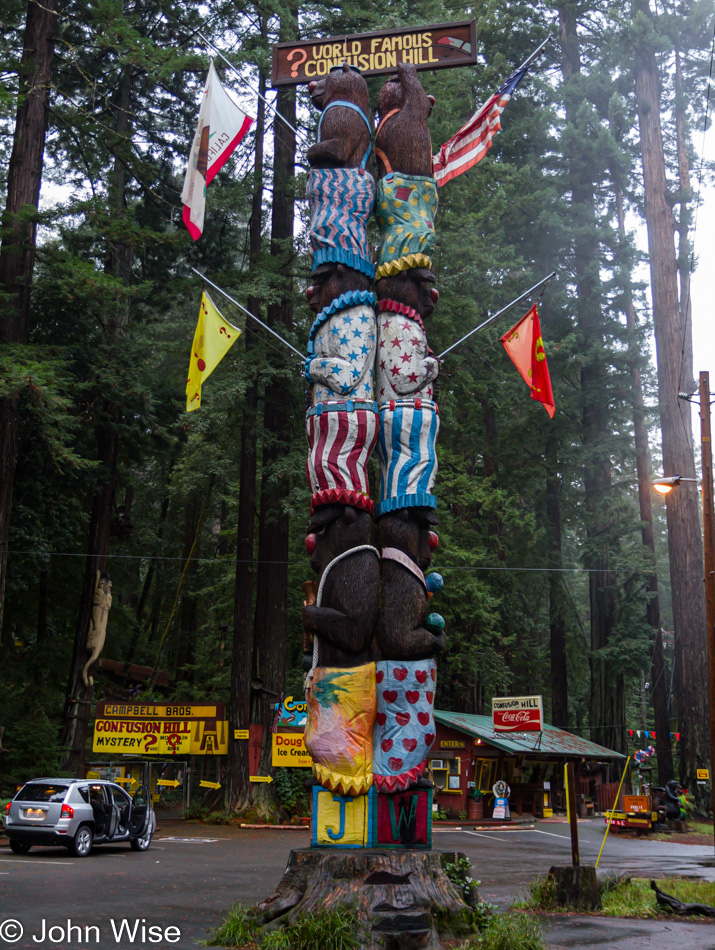
Twenty years of passing through the Redwoods and we’ve yet to go into Confusion Hill, but someday we will.
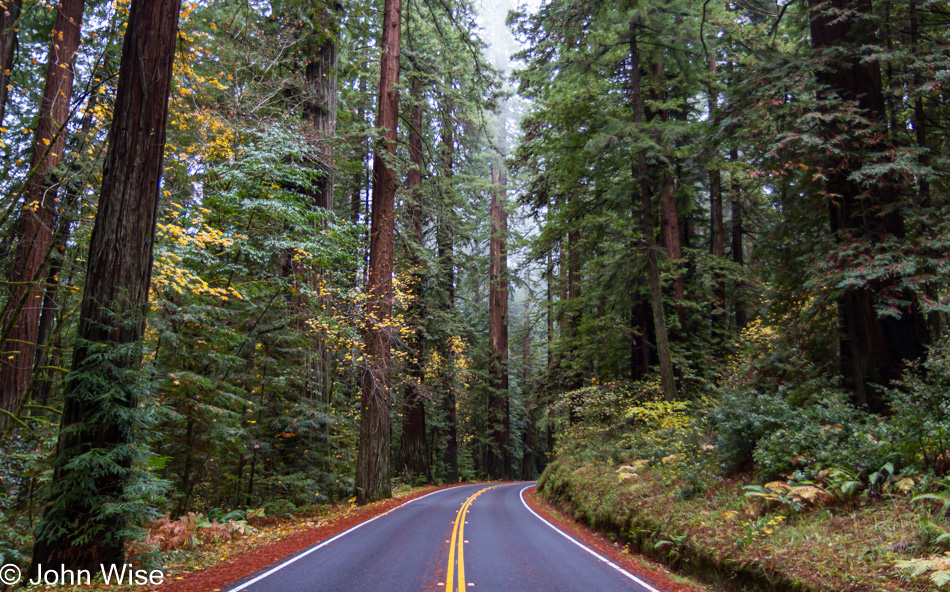
It’s hard to stop at the cheesy tourist attractions that dot the road through here, even though many of them are from a bygone era and won’t be here forever. The draw of the road to see the trees, the lighting, and our excitement at getting up to the coast are usually so overwhelming that we just keep on driving with the idea that “next time,” we’ll stop. Hey, we did eventually visit the Trees of Mystery with its 49-foot statue of Paul Bunyan and a 35-foot statue of Babe the Blue Ox. And just last year (I’m writing this in 2021, remember?), we visited the Prehistoric Gardens near Port Orford, Oregon.
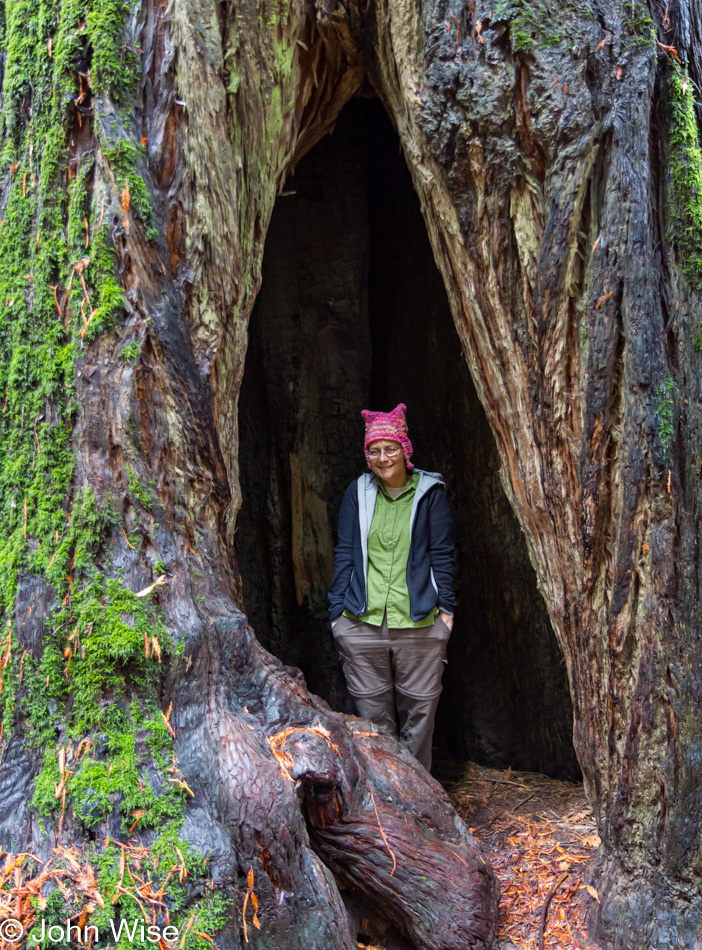
I’d like to say I didn’t want to go there, but the longer I looked at this image, trying to figure out what to write, the more I saw my wife standing in the vagina of the tree. Sadly, I apparently cut off the clitoris up at the top, and while the nub in front of Caroline’s right knee could easily be seen as the butthole, I can’t explain the tear adjacent to it unless I start exploring the idea of trees fisting other trees. [John clearly doesn’t understand female anatomy – Caroline]
Caroline was probably thinking of cutting that last line, but I hope to reassure her that nobody will ever see these old blog posts that are buried a thousand posts deep. Maybe the reader is incredulous that I would vulgarize a beautiful image of nature with my wife wearing her alien pink snail penis hat penetrating the interior of the tree vulva; well, blame the internet, as I’m sure I found something along these lines on some porn site. By the way, don’t even ask where I go for my porn. At this point, I should also come clean that whenever we pass the Trees of Mystery site we always marvel at Babe’s really big blue balls.
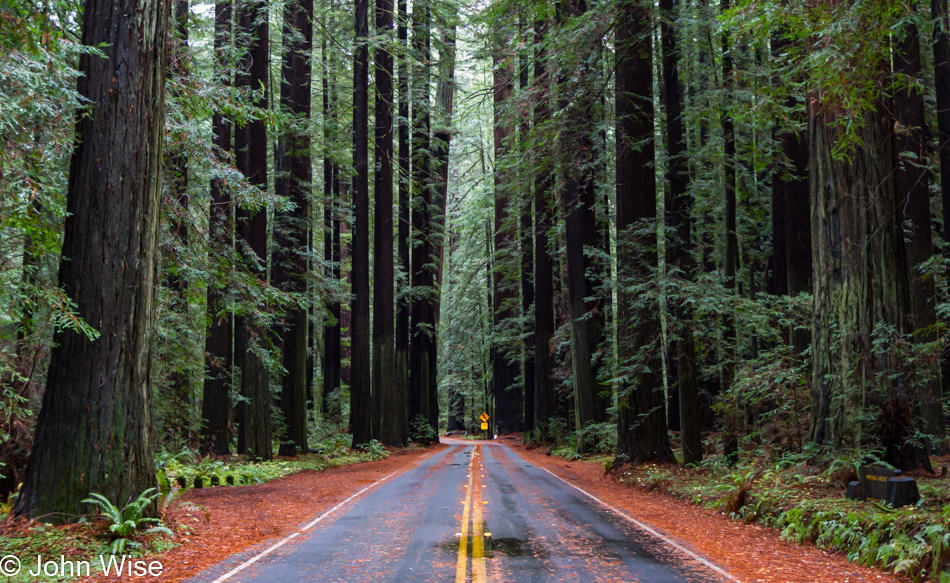
Nope, nothing phallic or carnal here, just big trees and a view I find appealing.
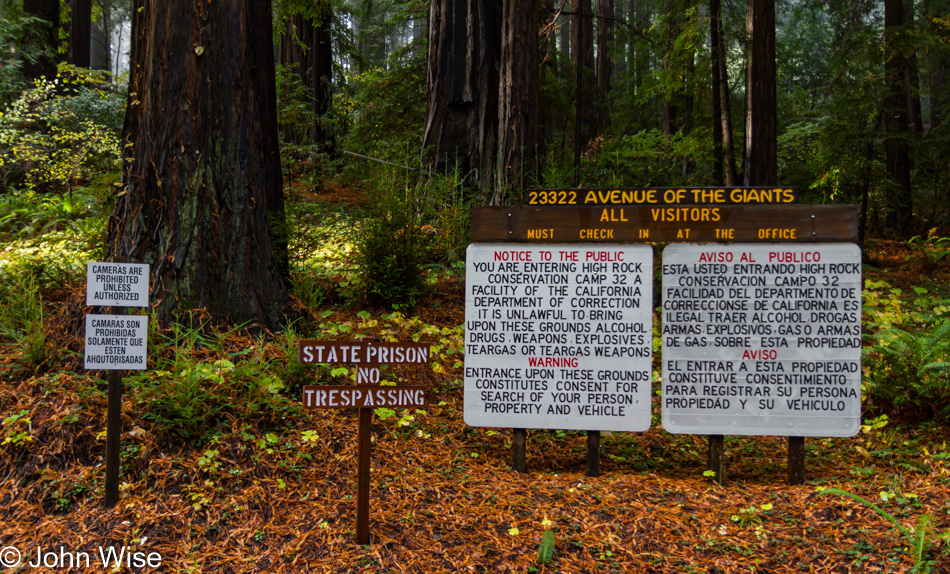
What’s up with these prisons in beautiful settings? Like San Quentin Prison on the San Francisco Bay, here’s the High Rock Conservation Camp in the Redwoods, where inmates who help with things like fire suppression are housed. I don’t know why I find it wrong that prisoners should live in places unaffordable to average mortals instead of being housed in places like the Chuckawalla Valley State Prison off the 10 Freeway on our way home near Blythe, California.
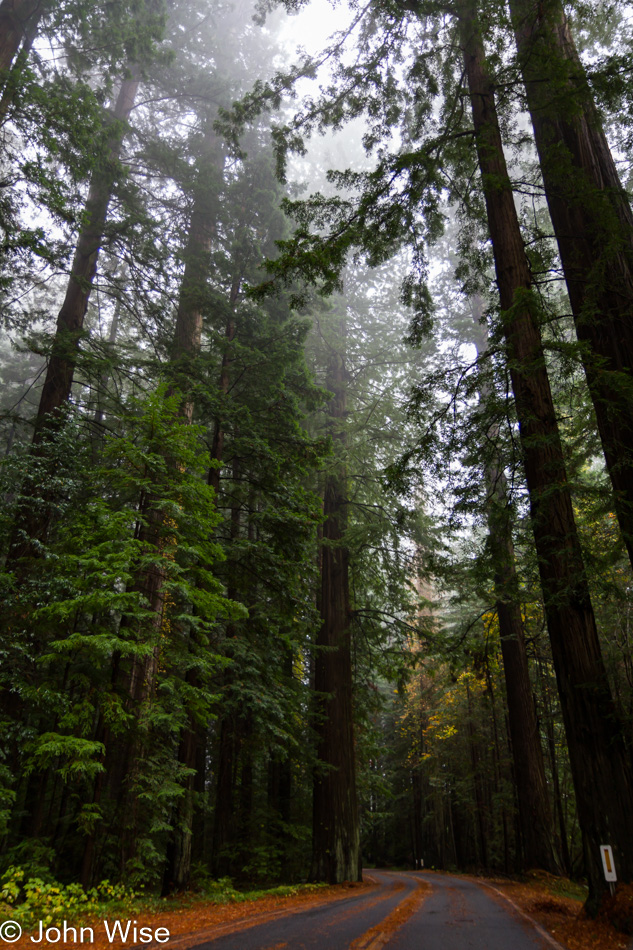
Trees in the fog like gorillas in the mist, something I could look at all day, not that I’ve ever personally watched gorillas in the mist, but I would like to.
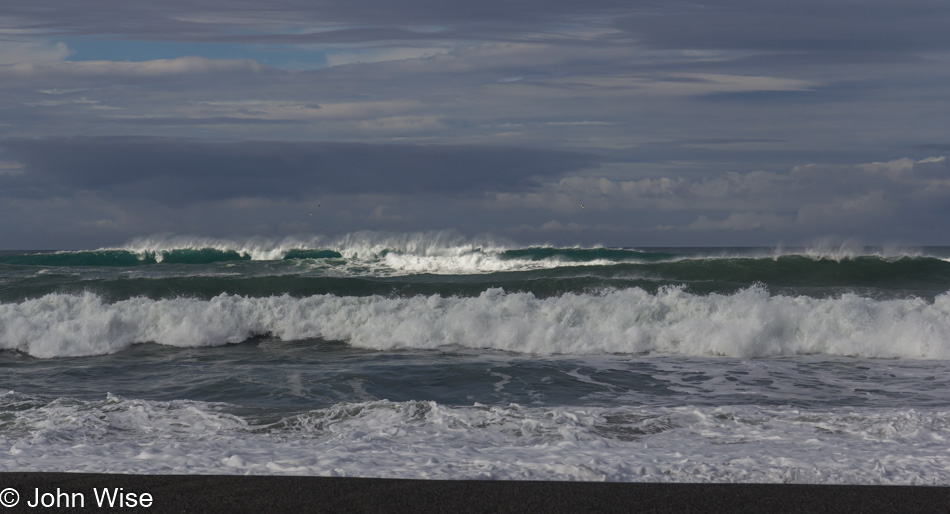
While we were just at the coast yesterday, there’s something about arriving at the northern coast that feels like we finally reached the ocean.
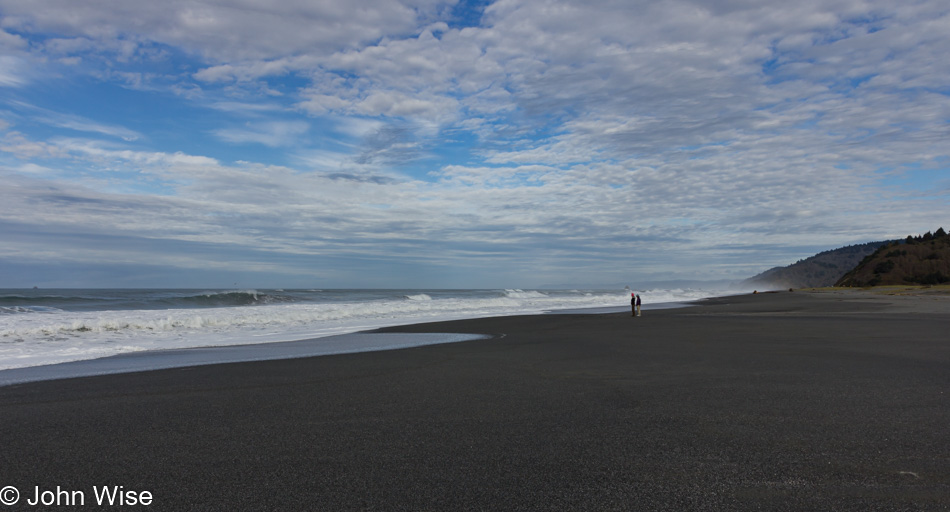
Late fall, early winter days at the ocean when the beach can be all yours.

Close-up of the alien pink snail penis hat, or should that be an alien snail-penis hat in pink? [Clearly a pussy hat way before its time – Caroline]
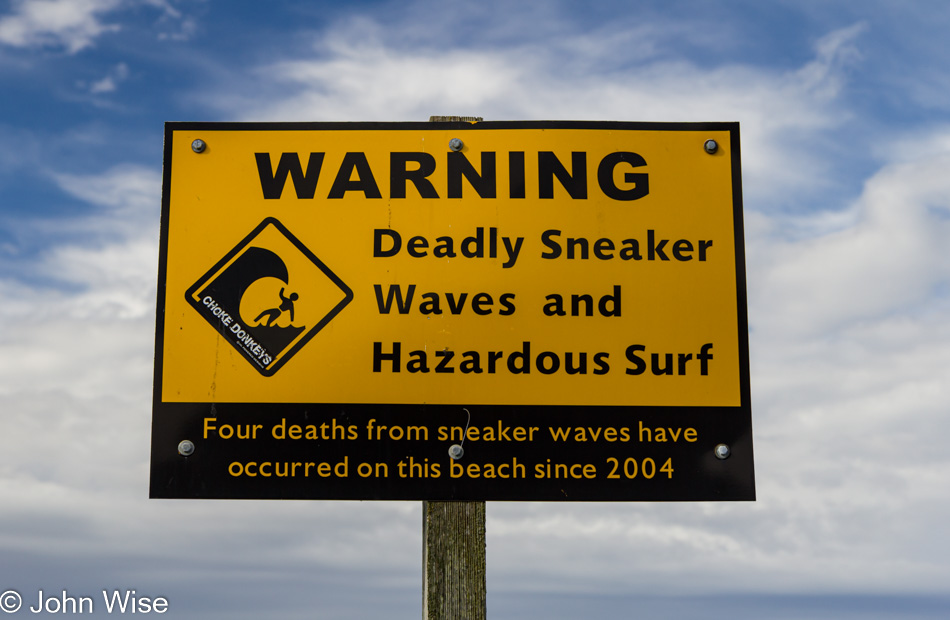
Considering that there were probably less than 50 people on this isolated beach over the intervening seven years, it’s pretty dangerous out here.
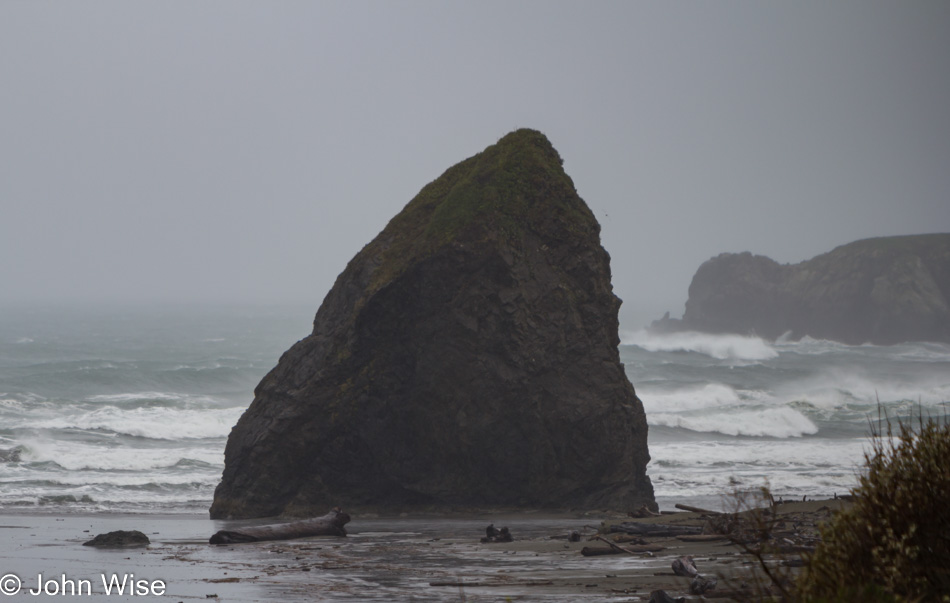
You can tell we’ve reached Oregon; the sun is gone, the beach is replaced with rocks, and there are no smiling people in the photo.

A sign you will NEVER see at Newport Beach in Southern California.
We are staying at Carl G. Washburne State Park in a yurt this evening with wishes for good weather tomorrow as we are planning a really long hike.
